Where your wildest adventure dreams do come true…
To be greeted by the glorious sunrise over Baliem Valley silenced my words. I could feel the sun sending beam of light blessing me. I watched the clouds gently unfolding, revealing the beauty of its serrated mountains loomed in a distance. This part of Papua is unbelievably beautiful. It is blessed with mountain ranges, raging rivers, montane forests and deep gorges…. so raw, so wild and the beauty of it is so surreal. It is a place where true adventure defines. This is my epic adventure of the uncharted route.
FACTS ABOUT PAPUA
Papua, the last frontier of Indonesia occupies the second half of New Guinea, the world’s second largest island. It strikes to me as kind of an end-of-the-world place with a vast area of it still untouched. Its inexhaustible gift of nature with dense and impenetrable jungles, pristine beaches, astonishing diversity of marine life and wildlife will blow your mind.
Papua, with a combined area of 420,000 km is the largest and most easterly province in Indonesia. It is margined by Papua New Guinea, to the west, West Papua to the east, Pacific Ocean to the north and Arafura Sea to the south. Its provincial capital is Jayapura. It is the richest province in Indonesia boasting multitude resources of gold, copper and other minerals, oil and gas and timber.
The Papuans are totally different to the Indonesians culturally and linguistically. They are of the Malenisian culture and do not have any historical links to the Indonesians.
BALIEM VALLEY
Where heaven is on your feet, above your head and as far as your eyes could see…
How old are you? While playing Uno, I asked Dortea, a teenage girl who rents her dwelling for trekkers to stay in Hitugi, a 6 hours trek from Sogokmo, in Baliem Valley. She looked down and said she didn’t know. Then I asked Supenius if he knew his age. He didn’t either. I somehow guessed that Dortea is 15 and Supenius about 12 of age, based on time spent with them in the last 12 hours I was there. It is common that births are not registered in this part of Indonesia. Papua, being so remote, most areas consume days to trek to civilisation, making a simple requirement as birth registration impossible.
Baliem Valley, isolated in Central Papua was only discovered by chance in 1938 by Richard Archbold, an American zoologist. Hemmed by steep mountain walls and cut by a 70km long ferocious torrent of Baliem River, it is home to the Dani, Yali and Lani tribe. Prior to the discovery, the tribes of Baliem Valley were still living in stone aged conditions and practiced cannibalism.
The journey there can be intimidating, due to its remoteness. It is over 24 hours travelling from Kuala Lumpur, 3 flights to Wamena, the ground zero for hiking in Baliem Valley.
The beauty of it Baliem Valley is far cry from much of the world. The rugged terrain, glorious views of lush green forests and fascinating villages with unique circular thatched roof homes will leave you in awe. Women with heavily loaded Noken (knitted bag with a strap carried across their forehead) wishing Selamat Siang (Good Afternoon) and offering handshakes will leave you smiling. Children running around asking for sweetie and selfie will keep you entertained.
As I trekked deeper through the valleys, I feel a world away from civilisation, with the complete absence of phone coverage, electricity and running water. I travelled solo, with my 6.5kg (only!) rucksack trekking through the valleys with a guide who was also my porter for 6 nights, staying in local villages. The terrains are challenging, 4 to 6 hours mountainous treks involving steep climbs, traverse descent, river crossing, threading through ankle deep mud and walking across precarious rope bridges. You’re guaranteed to earn your stripes as explorers here!
Accommodation in the villages is very basic. I slept on a thin mattress and my sleeping bag zipped up to my neck at night. It is surprisingly cold at night.
The locals live on sweet potatoes and sago as their staple diet. Rice if they have enough money. Sweet potato leaves and cabbage are the common vegetables consumed in the valley. No meat nor fish. Pigs are Christmas and special celebratory treats.
I spent my days in the villages with the local children trekking, kicking football, throwing frisbees that I brought from home and teaching them English. Illiteracy rate is endemic in Papua. 40% of the population couldn’t read or/and write. It is pure joy teaching the children English while they taught me Papuan songs.
Evenings spent in the ‘honai’ with several villagers, chatting, laughing and listening to their hopes for future have been truly memorable. A honai is a thatched roof mushroom shaped wooden structure, acts as a smoke house to keep the villagers warm, with straw floor and a small door without any window. It is also a kitchen, a dining room, a sociable area and sometimes a pig’s den and a bedroom!
It was hard to leave Baliem Valley. The ladies in Useram, the last village I stayed, whom all I referred to as Mama cried and hugged me asking me to return soon. I’ve lived the Papuan way within 5 days of staying in that village and became part of their family. They’ve carved a very special place in my heart. Baliem Valley truly is an experience of a lifetime!
BALIEM VALLEY FESTIVAL
A walk through the stone aged era
Baliem valley Festival, held in August every year, is a festival congregating the Dani, Yani and Lani tribes showcasing their mock tribal warfare, traditional culture, music and dance. It is an opportunity to witness hundreds of them performing rituals in their traditional dresses; men clothed in nothing else but ‘koteka’ (penis sheath made of dried gourd to cover their genitals) and topless women in grassy tutus. Men proudly walk around with their headdresses, oversized necklaces and pig bones pierced trough their noses while women happily bounced around displaying their saggy boobs and artsy body paint. You will be enchanted by their traditional rituals and re-enactment of ancient tribal wars. It will take you back travelling through stone age. I was taken by surprise when a Dani lady pulled my hand to join them dancing. I felt overdressed, with shorts and t-shirt when the rest of the Dani were bare-chested and naked!

LAKE HABEMA
Exhilarating fresh water lake above the clouds
Standing proudly at 3225m, Lake Habema, the highest lake in Indonesia, is a scared place for source of fertility and life for the Dani tribe. Lake Habema is known amongst bird watchers for its astounding avian life.
The journey to Lake Habema is like travelling back in time. Racing with the sun rays up the steep hill I have found it just as it was pulling away white cloud that covered its magically deep blue-surface through the night. Air is motionless and temperature below 10 degrees makes everything look and sound crispy. Vast wetland clads with endemic flowers and decorated with prehistoric cycase, towering mountains crowned with snow on the peak of Mt. Trikora, all that makes you think you just entered a scene from a documentary on dinosaurs. Moving on, the road quickly deteriorates making those 4x4s really earn their money, but unbelievably, the scene improves with every kilometer. Passing through razor sharp Batas Batu that really make you watch your steps; you enter valley surrounded by colourful rock walls with glittering waterfall locals refer to as Air Jatuh. Brave and skilled driver will dare take you all the way over the 3800m mark, where another, smaller but no less captivating lake is awaiting those, who are always willing to take that one step further.
RAJA AMPAT
A ticket to far flung paradise
Dazzling beaches, luminous aquamarine waters, enchanting coral reefs and luxuriant jungles are just a few alluring characteristics about this last paradise. Raja Ampat not only attract divers and snorkellers for its underwater splendours but also bird watchers and wildlife enthusiasts for its abundant rare and unique species of wildlife above water.
Raja Ampat has soul that draw me. People are lovely. Life is simple; unadulterated. I spent an entire week in Raja Ampat, before ending my travel in Papua.
I had a world class view from my IDR350,000 a night water bungalow. The magical hues of sunrise every morning perfected with a chorus of beautiful birdsong is an absolute peace. The corals just around the water bungalow are magnificent. I’ve spotted sea snakes, walking shark, scorpion fish, cuttlefish and various other marine life just when swinging in my hammock outside my water bungalow. Trust me, Raja Ampat will never be like any others you’ve been before. The magical beauty of it will somehow drive you to procrastinate everything else in life.
I WOULD RETURN TO PAPUA IN A HEARTBEAT
There is other various untouched beauty to explore in Papua but it will require time. I spent just over three weeks, travelling back in time through Papua. Culturally, the Asmat Village, the Korowai; cannibals only found in 1970s whom still today live on tree top houses are worth visiting. The Cenderawasih Bay, Biak and other northern areas of the Pacific Ocean are unspoiled.
Papua really is where the best descriptions of beauty, fascinating and magnificent gets its true physical meaning. You will discover your hidden capabilities and fulfil your wildest instinct for adrenaline. I would return to Papua, in a heartbeat!
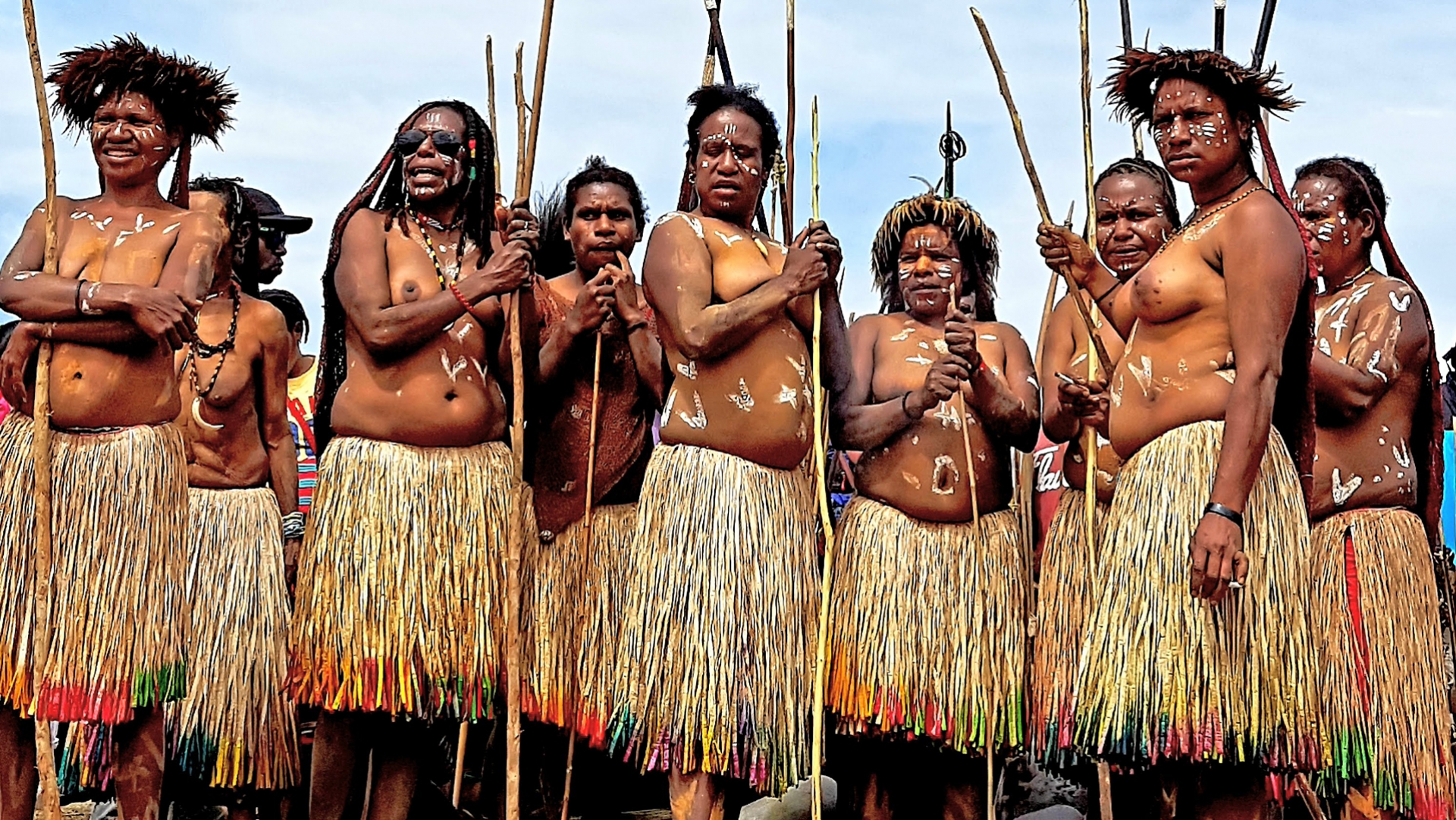
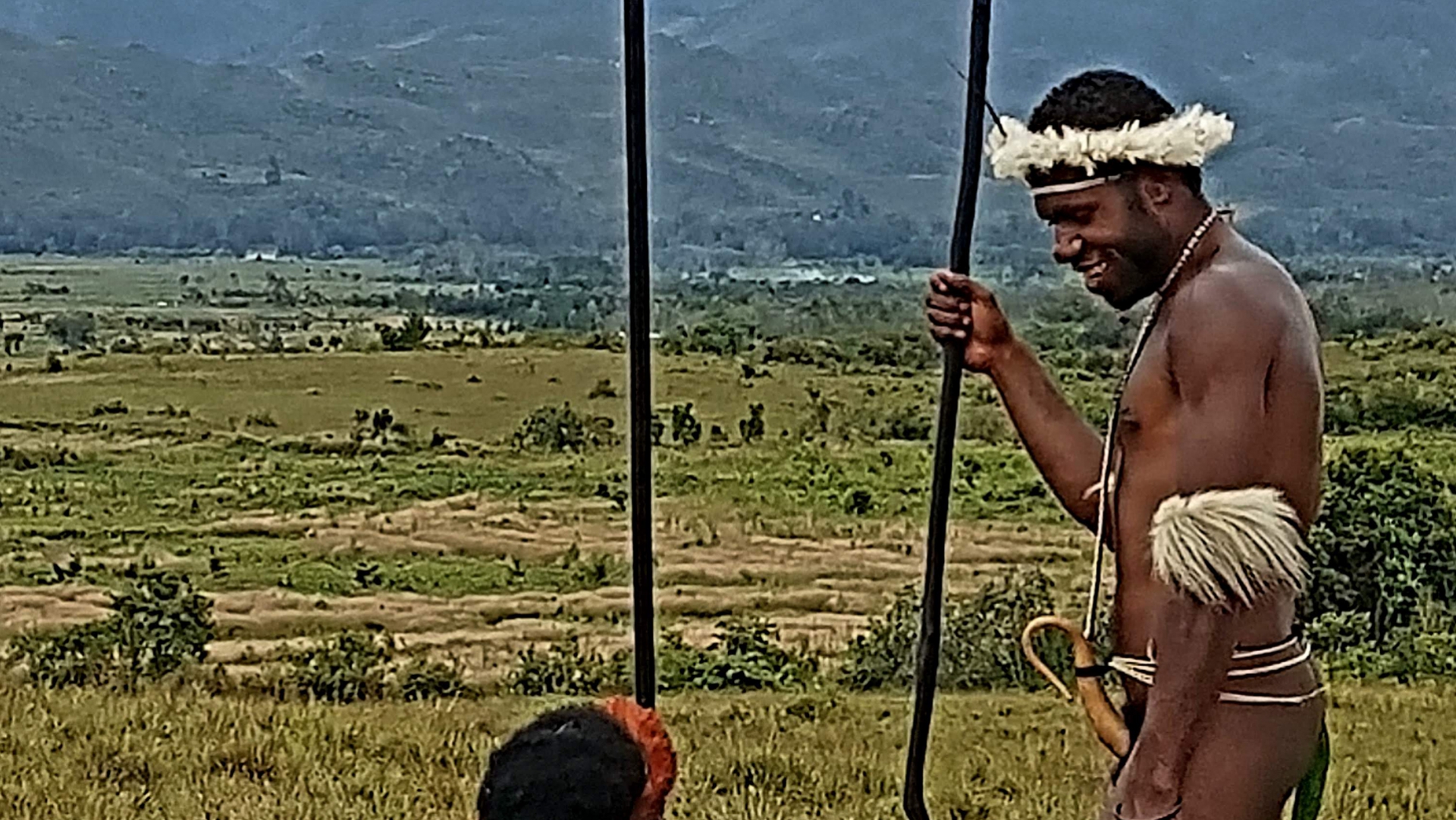
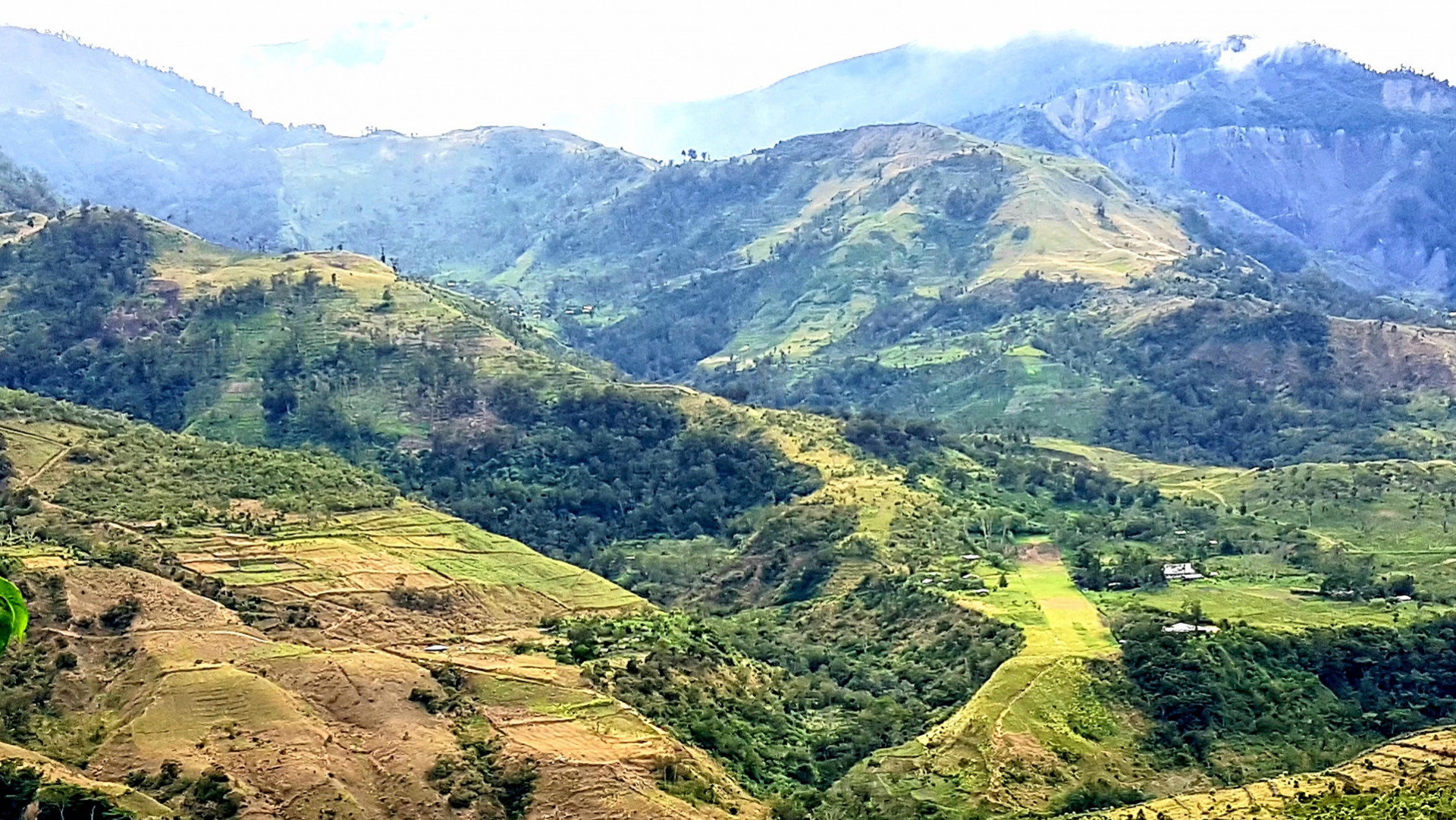
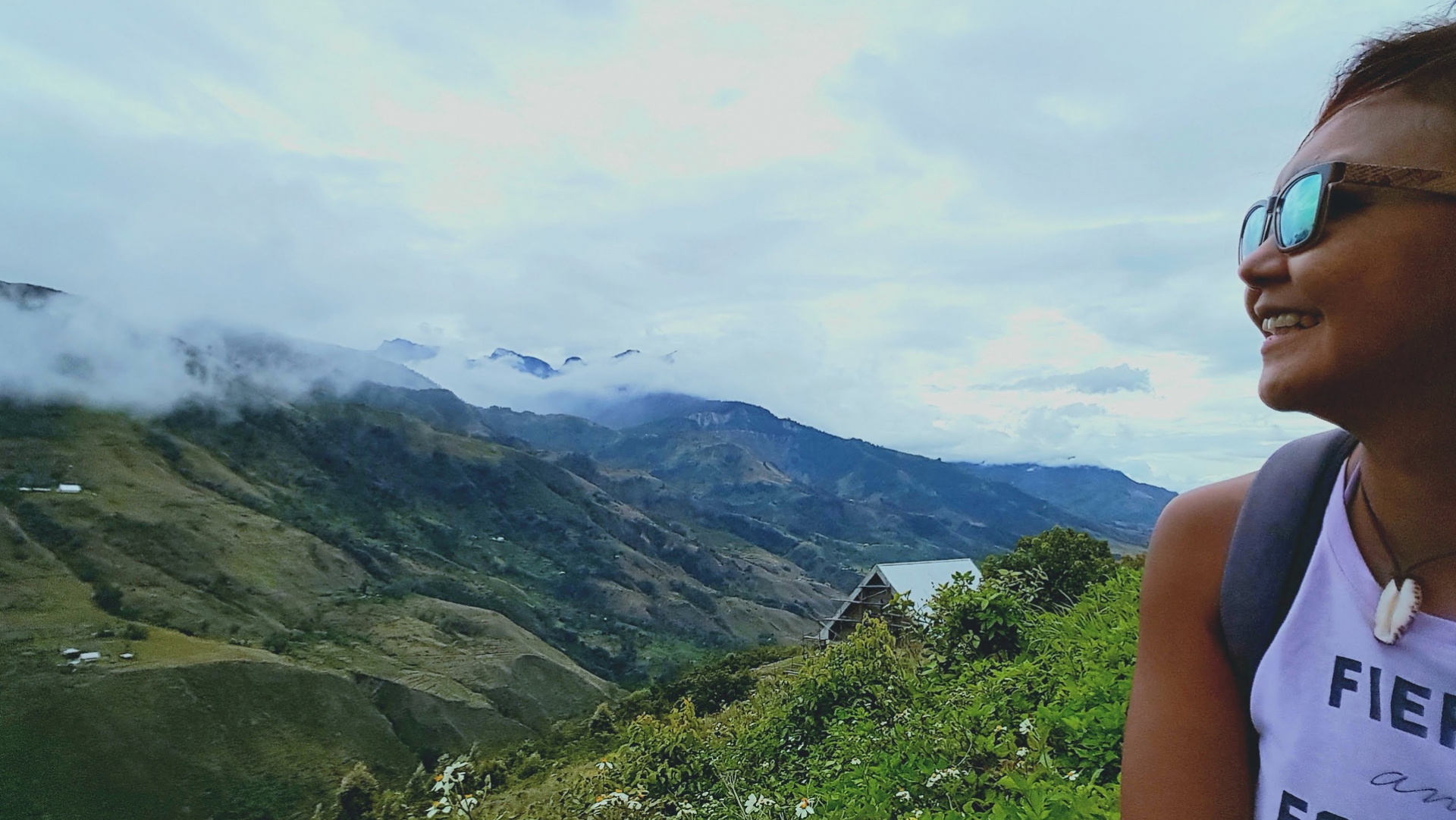
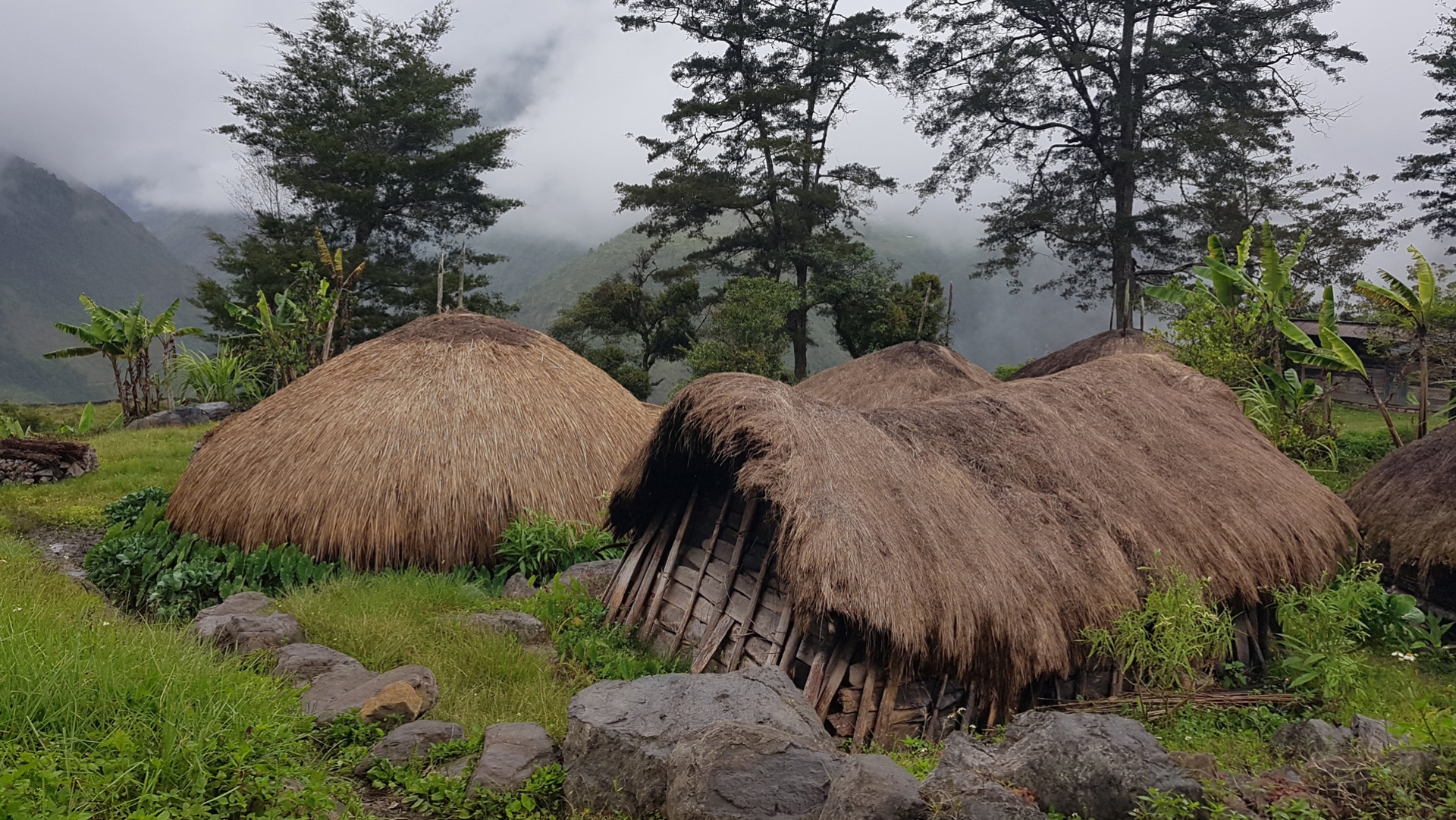
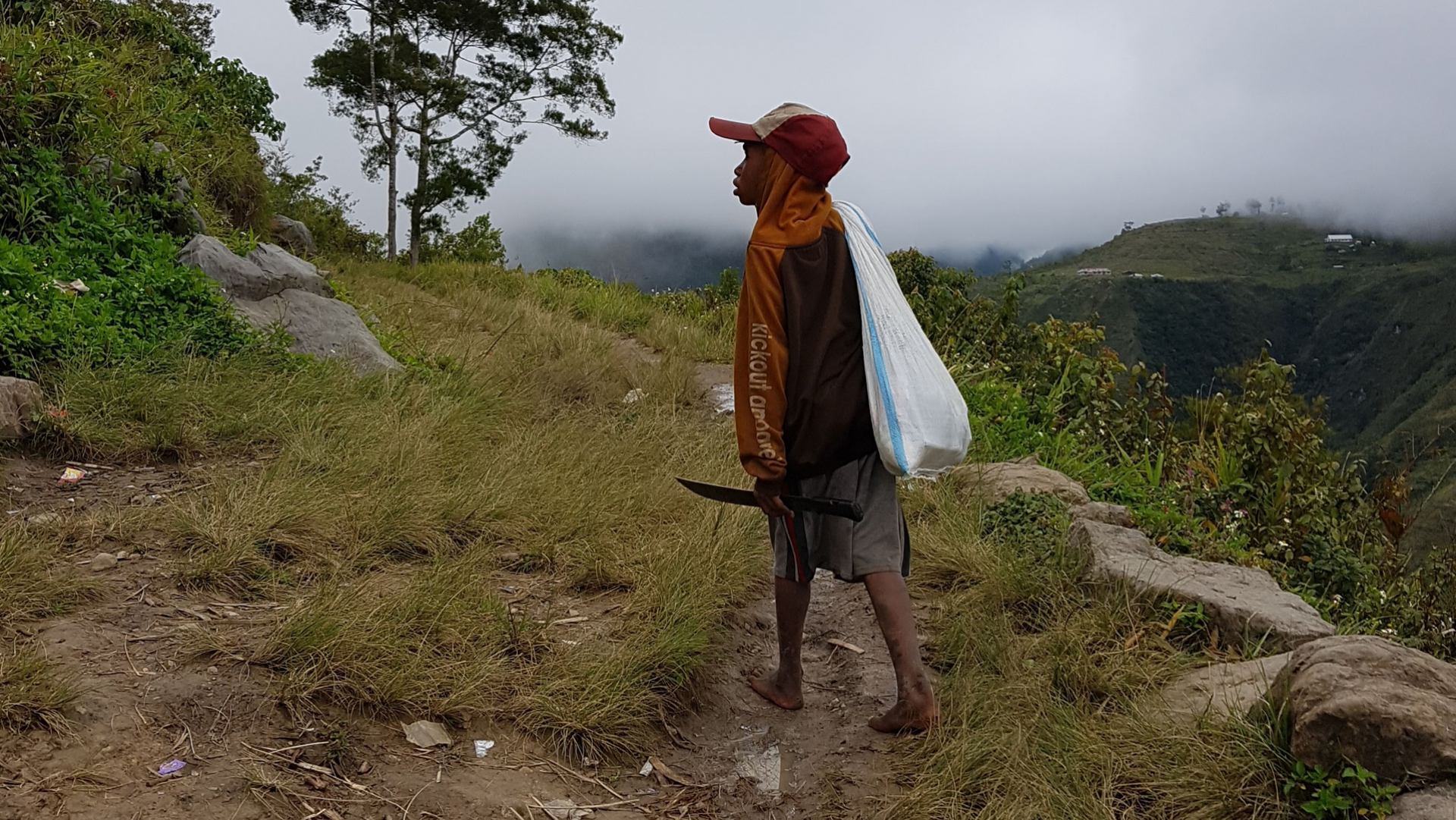
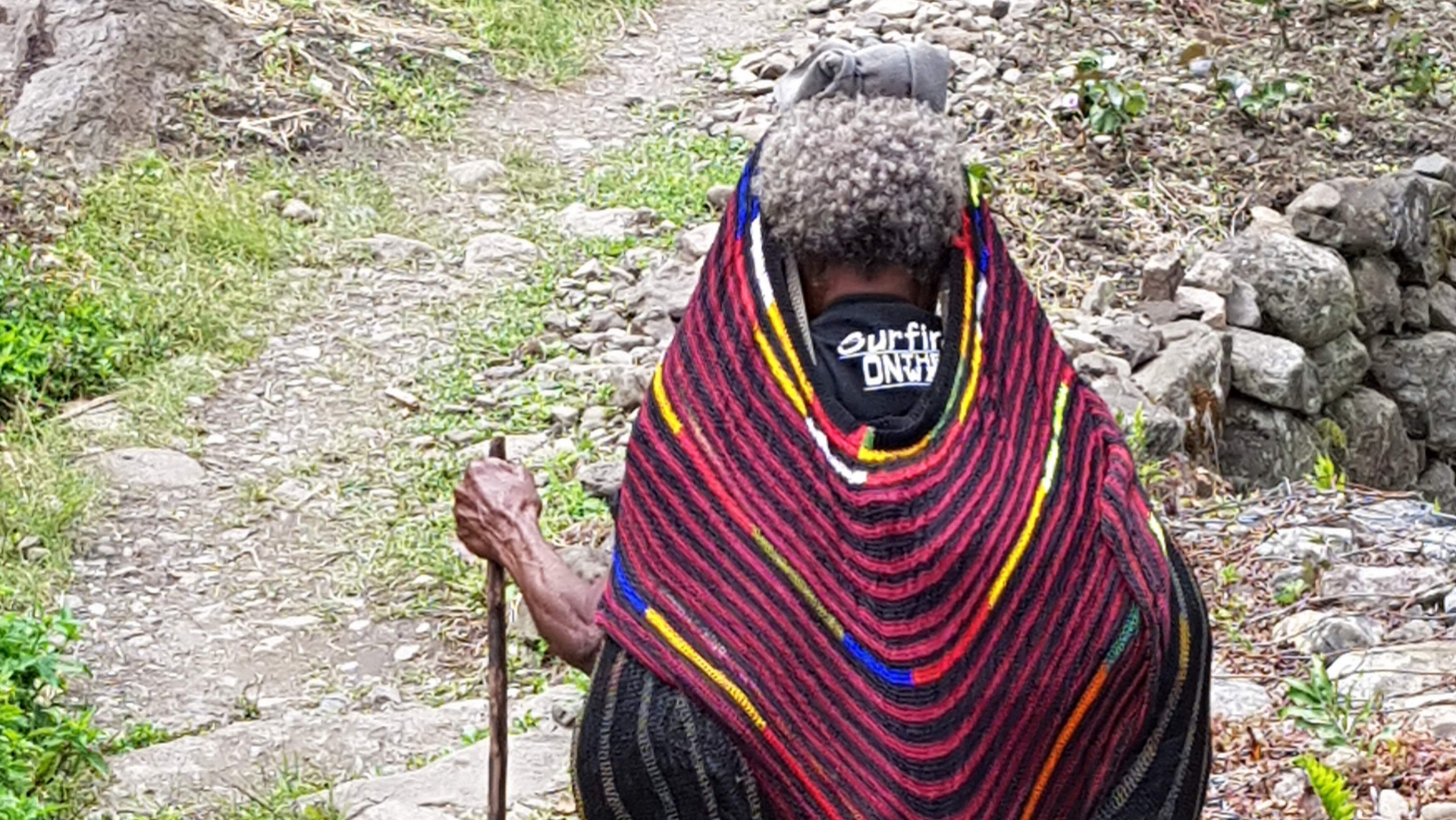
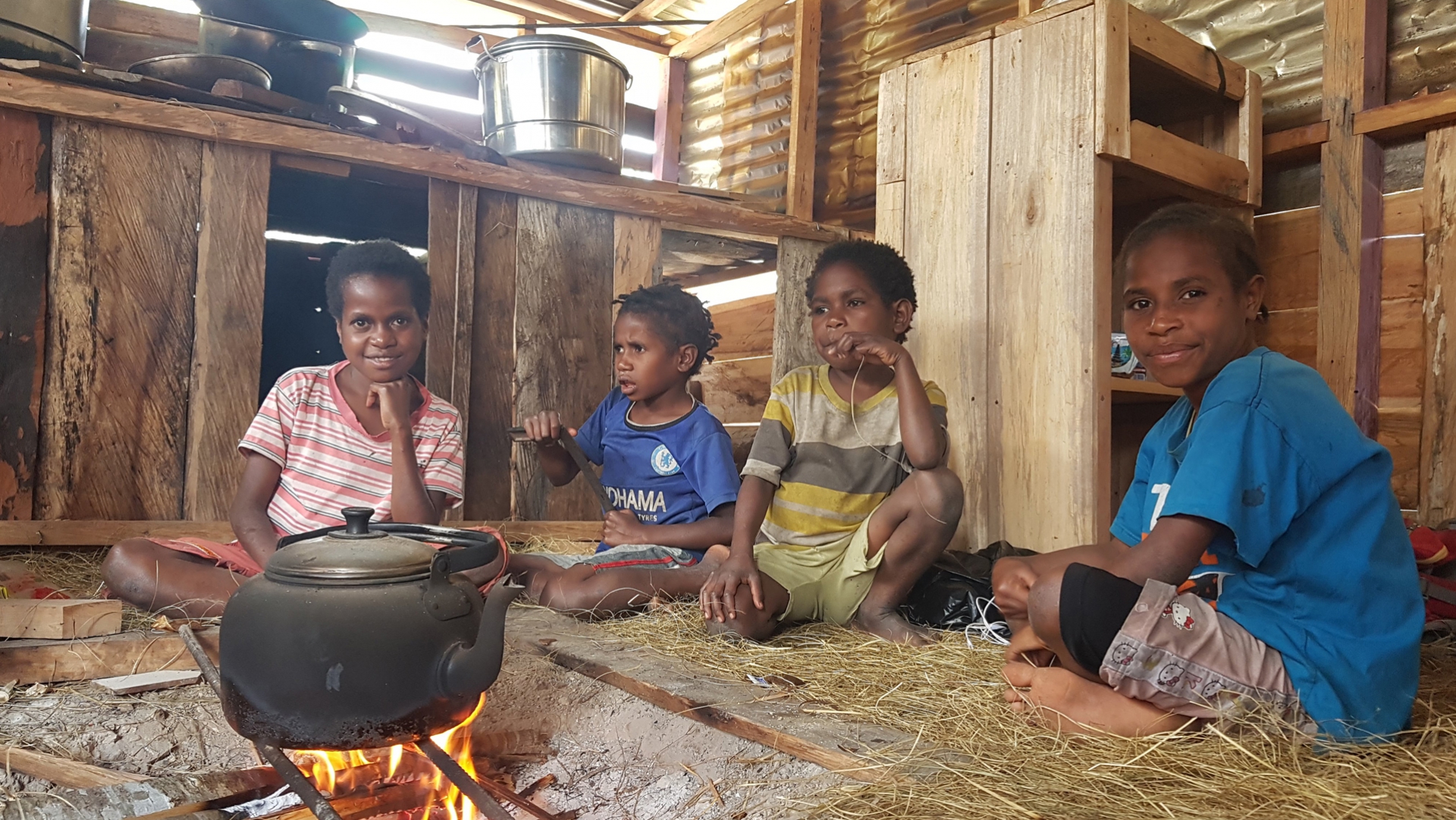
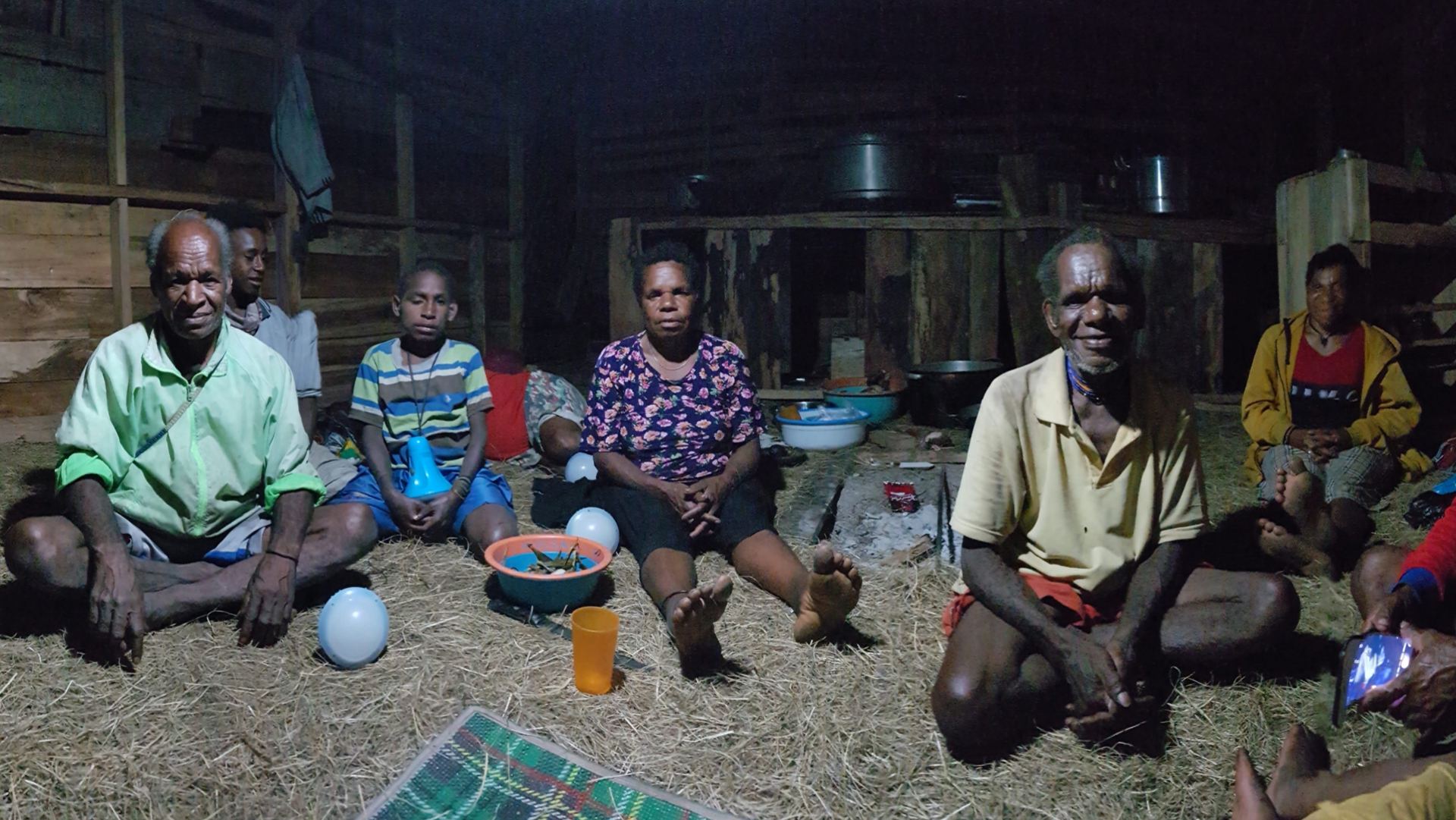
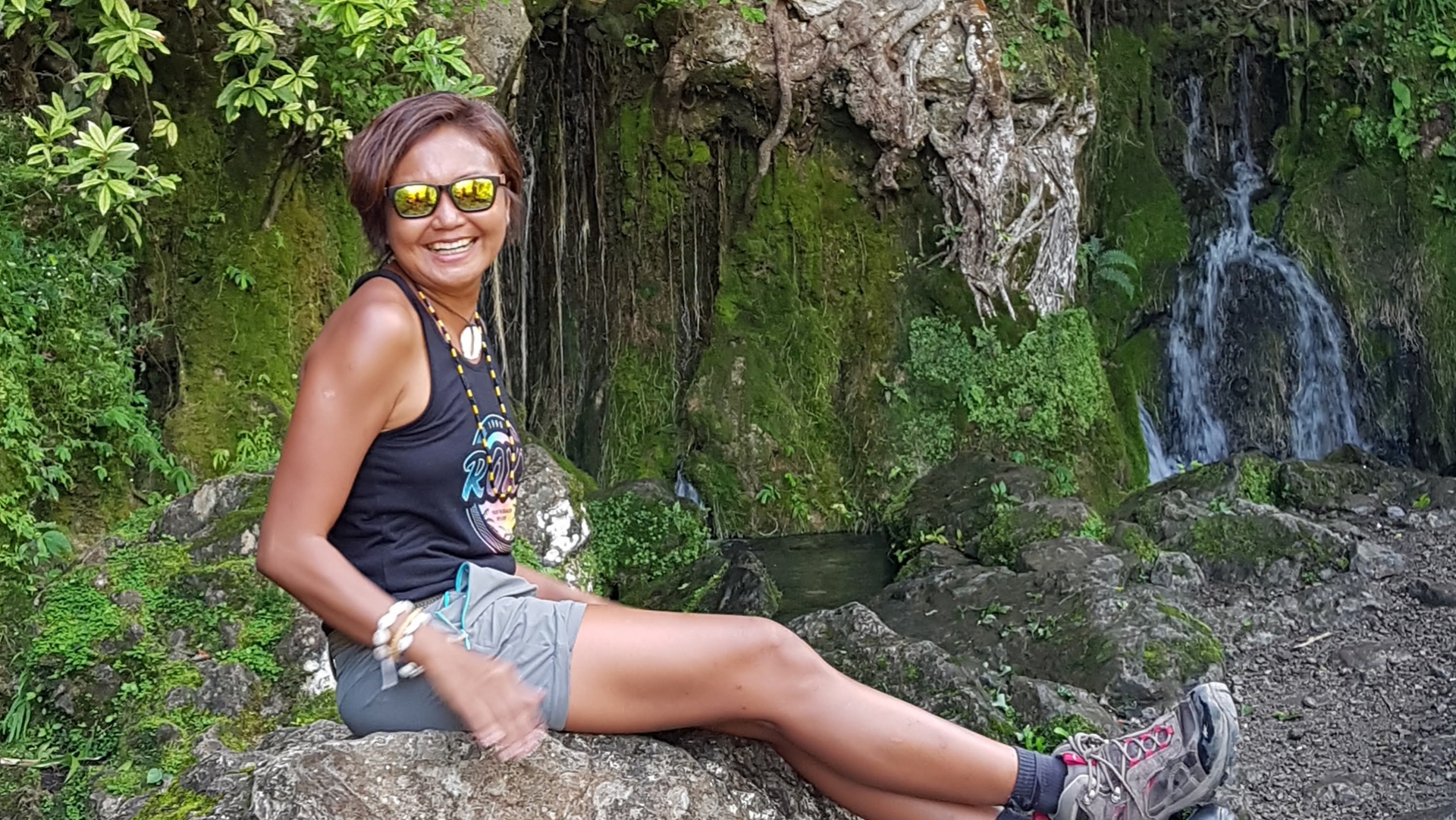
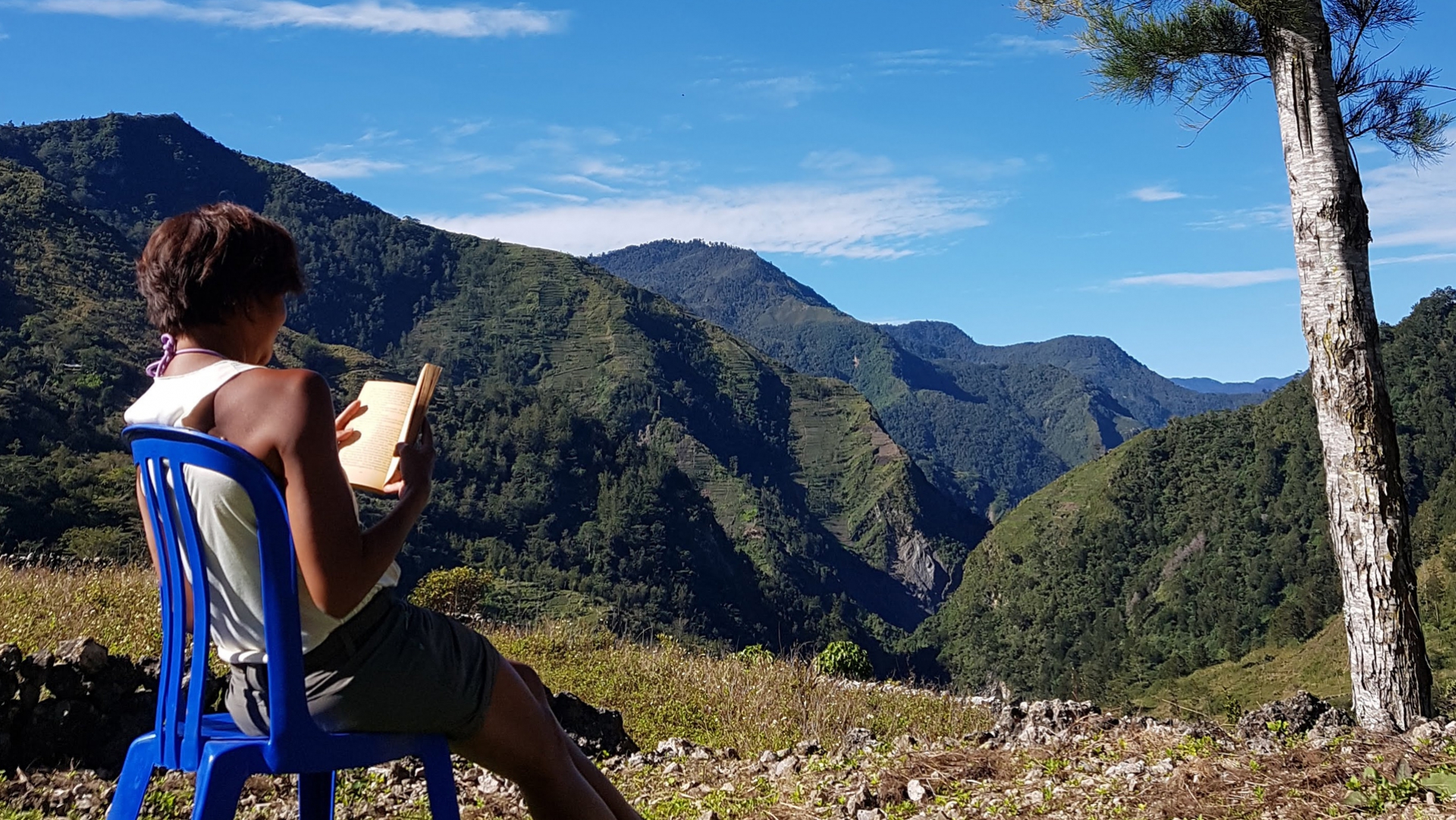
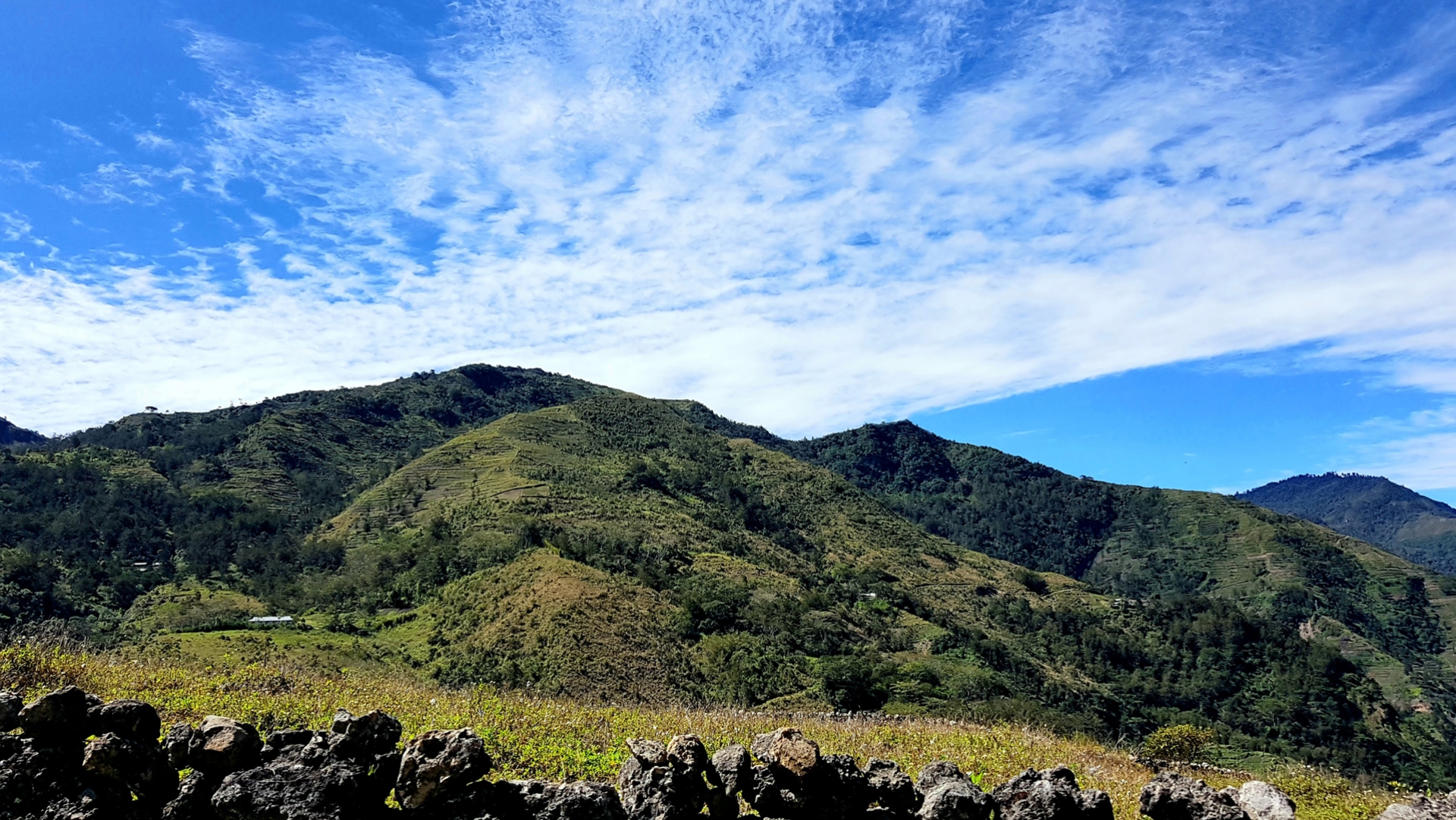
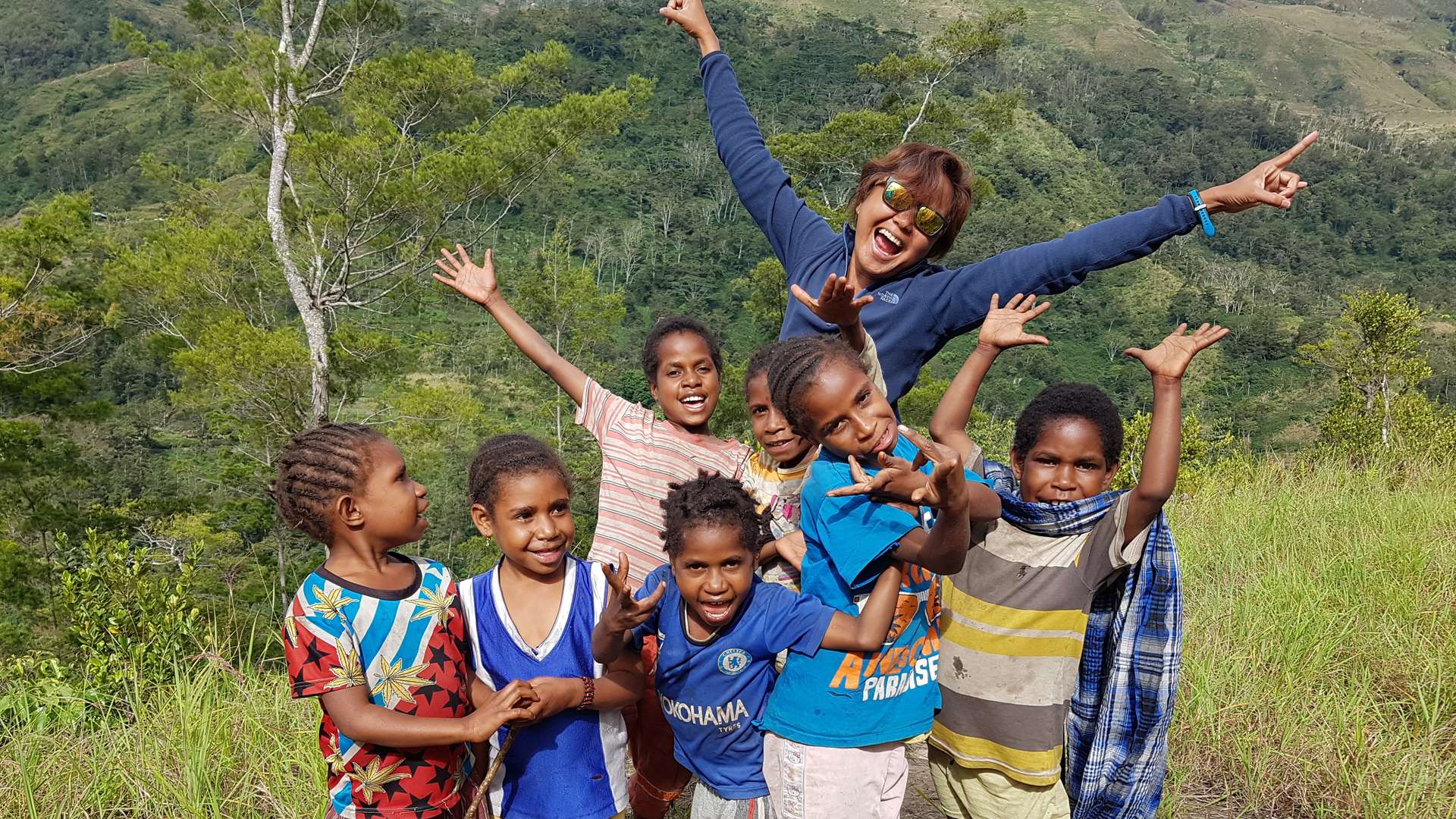
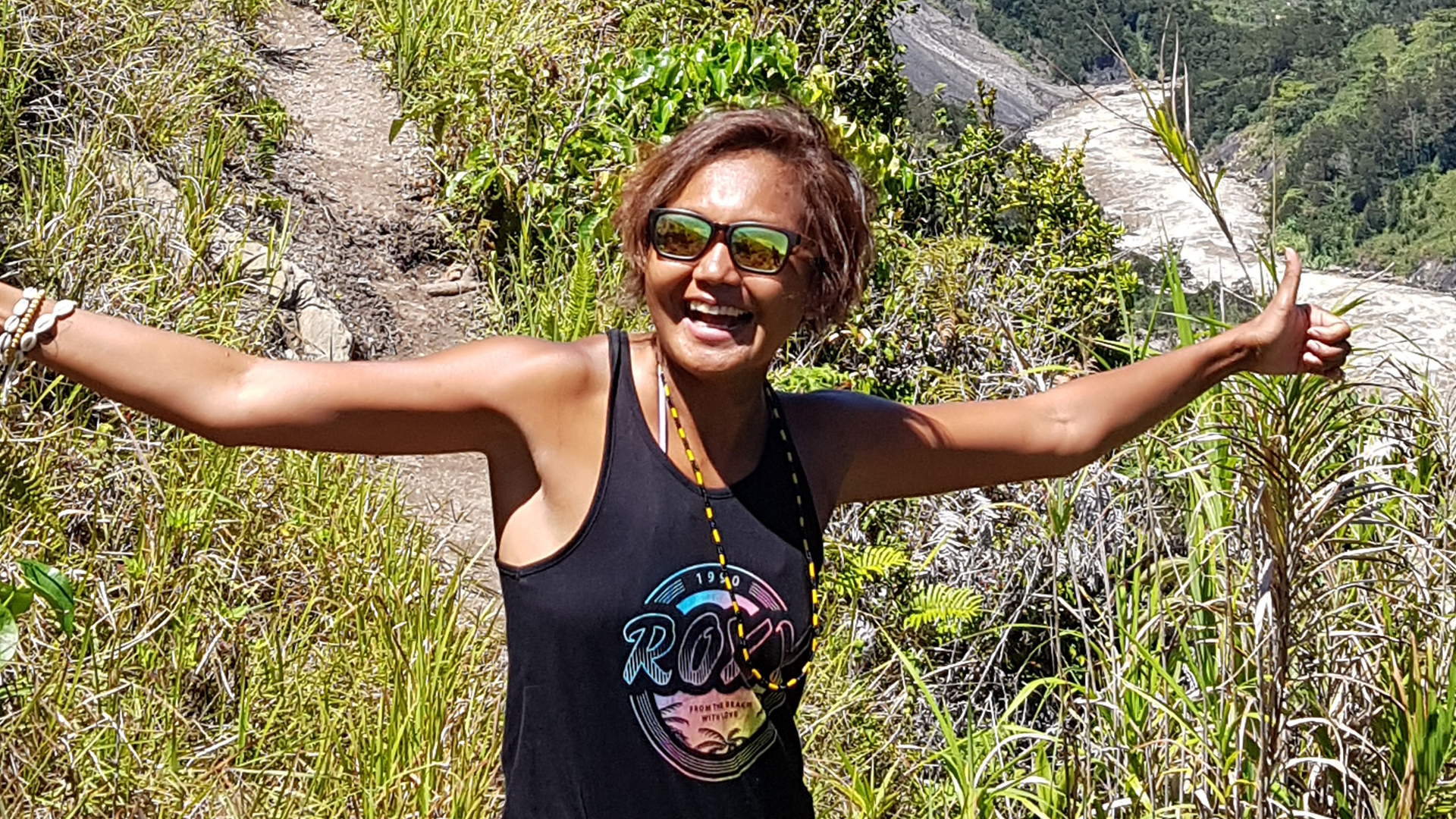
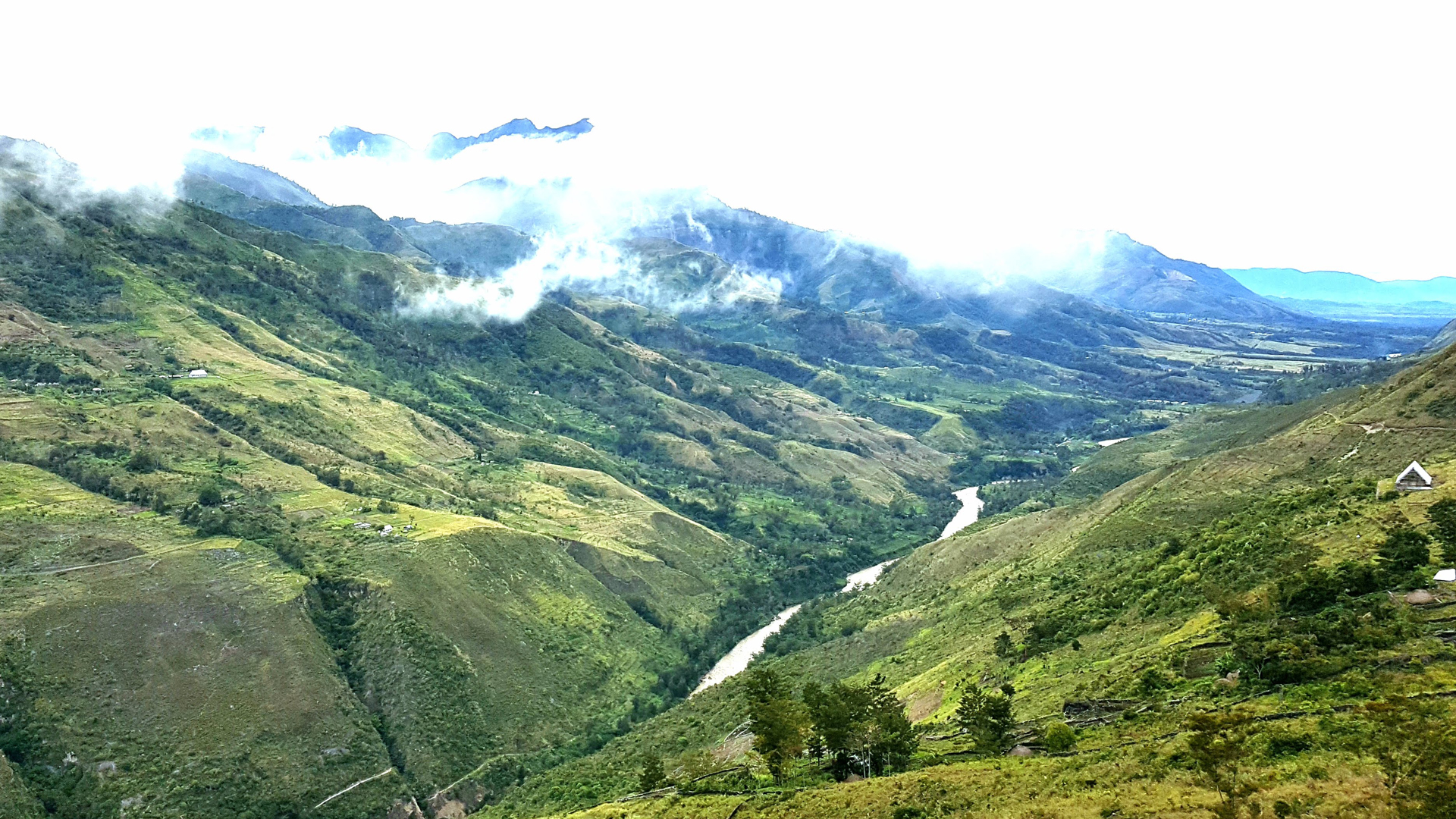
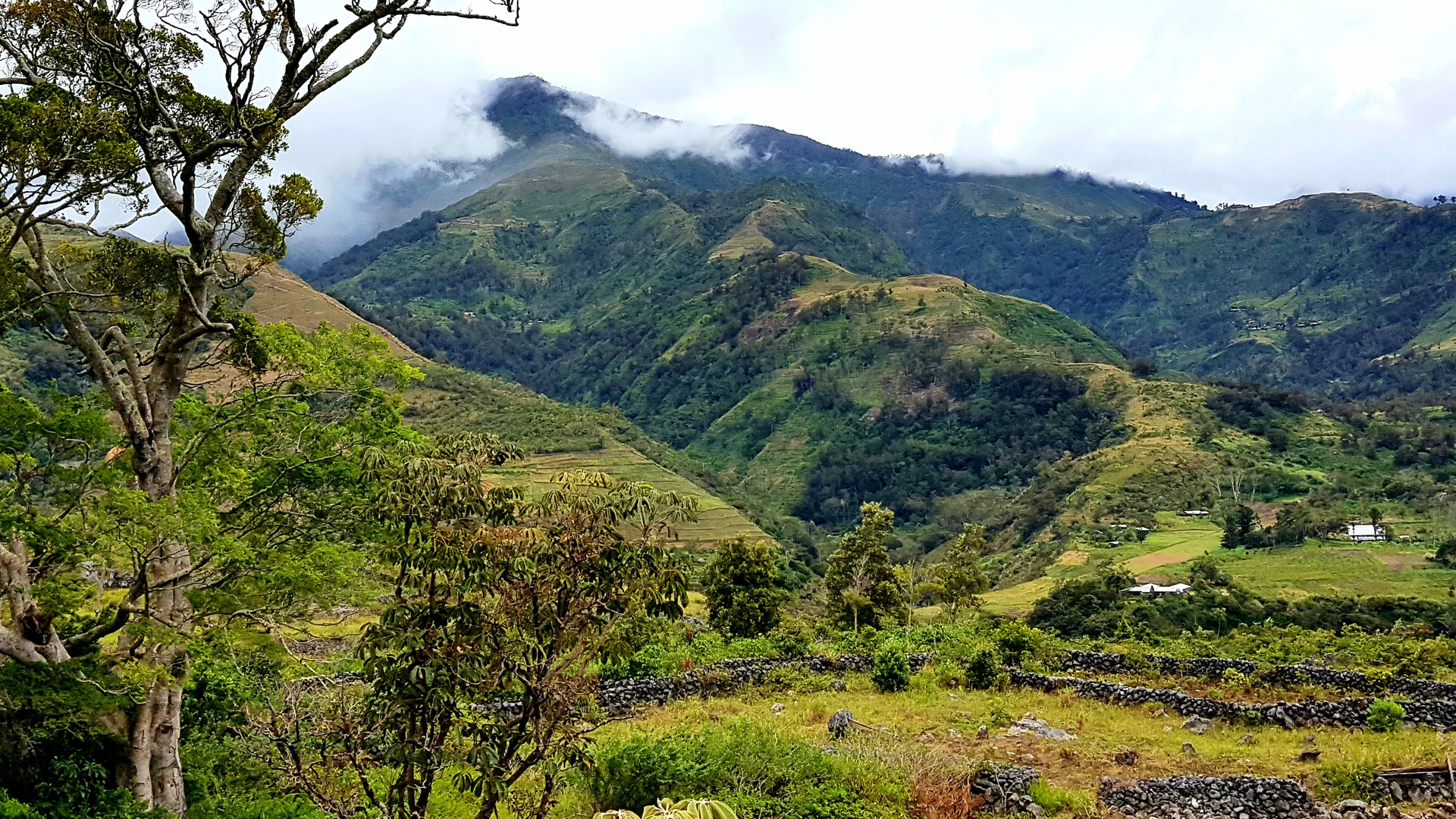
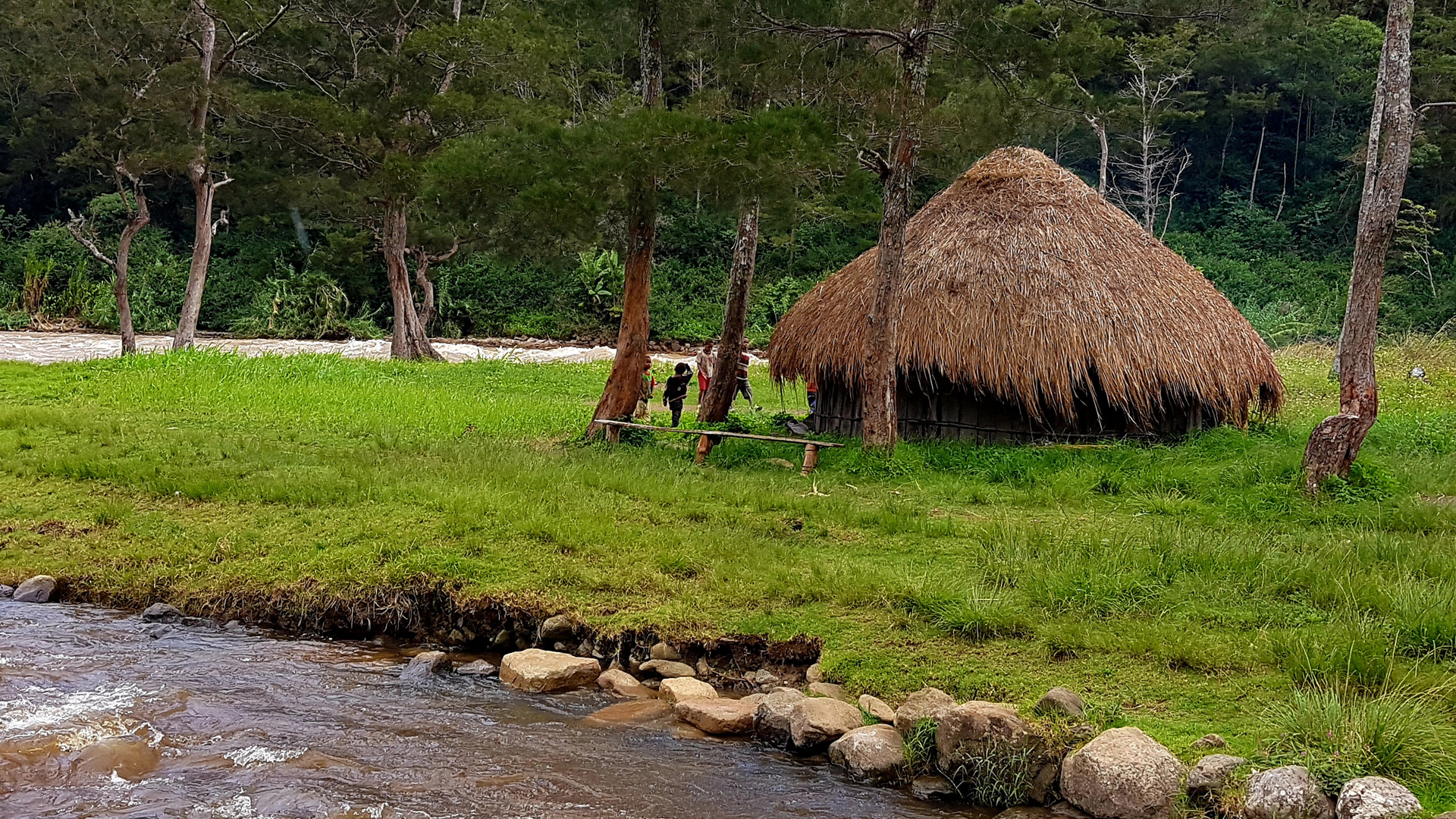
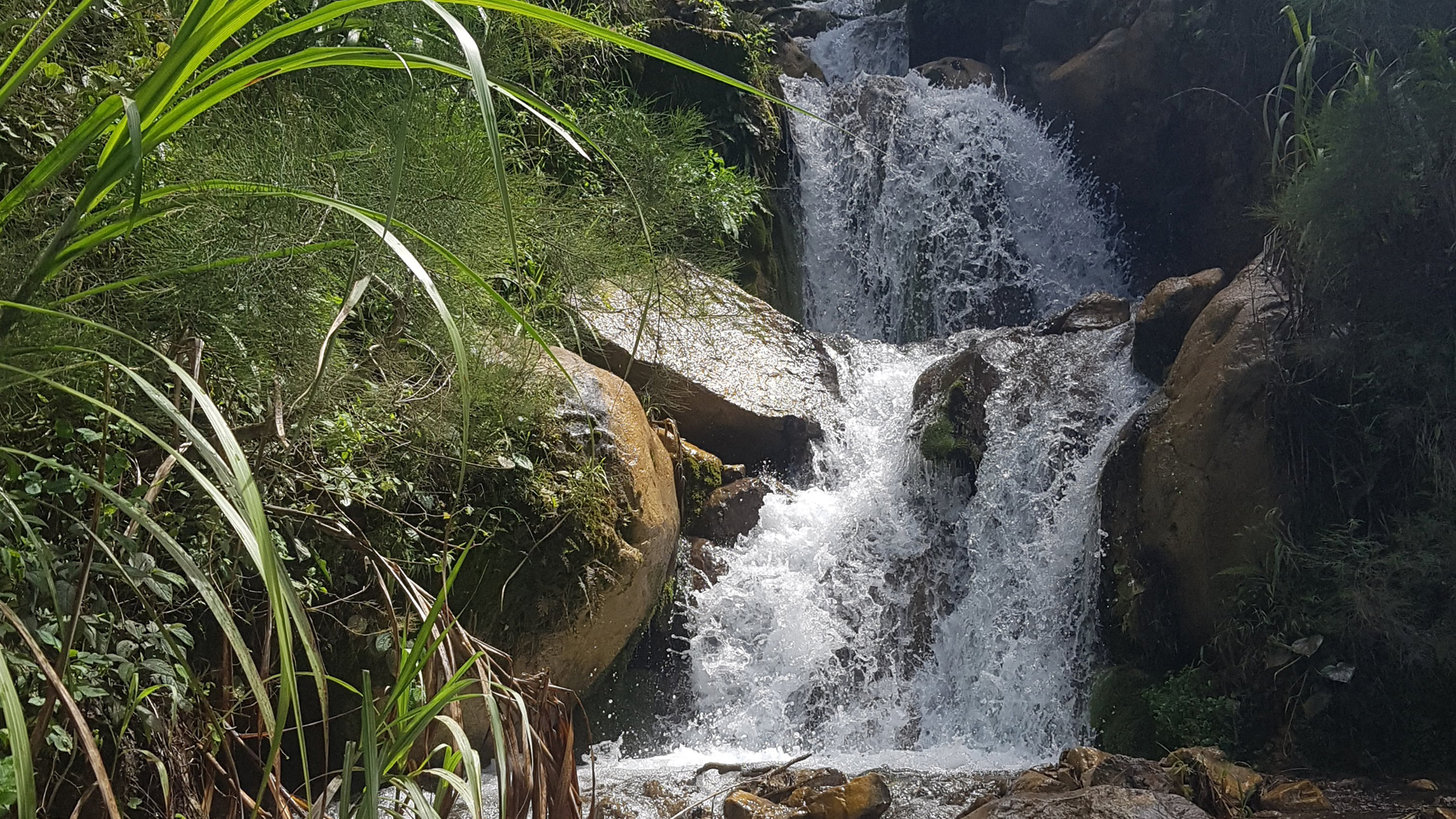
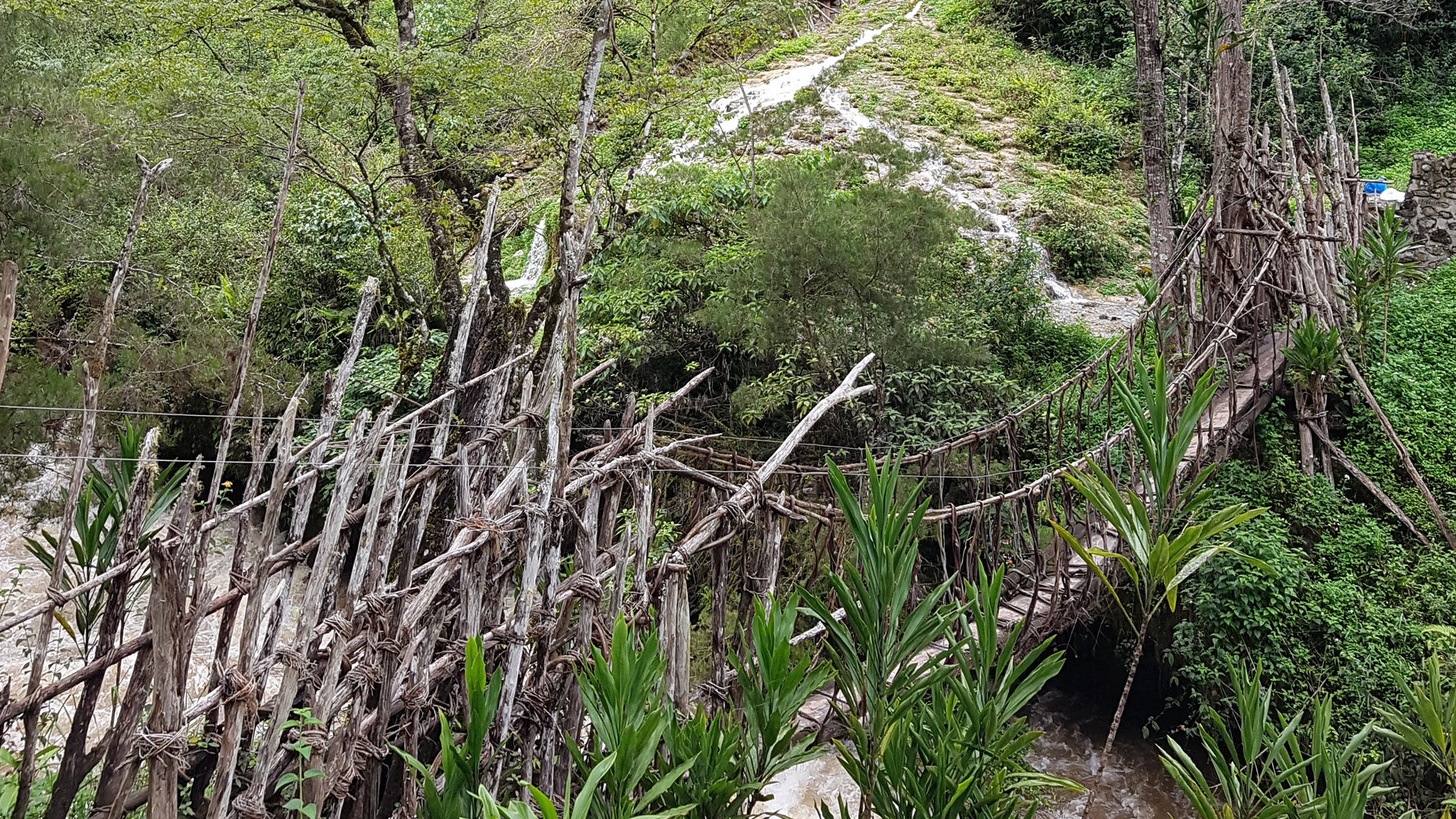
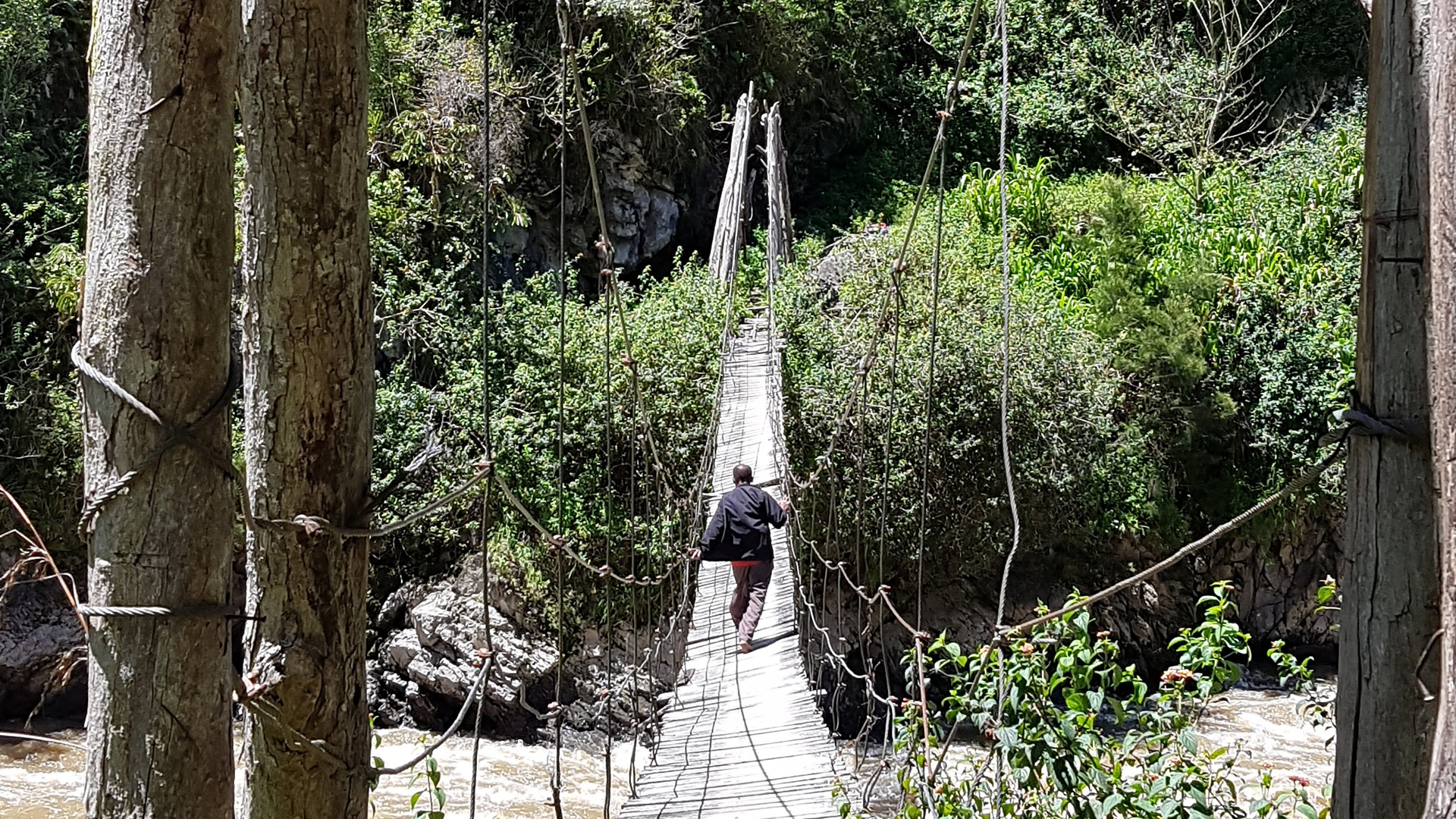
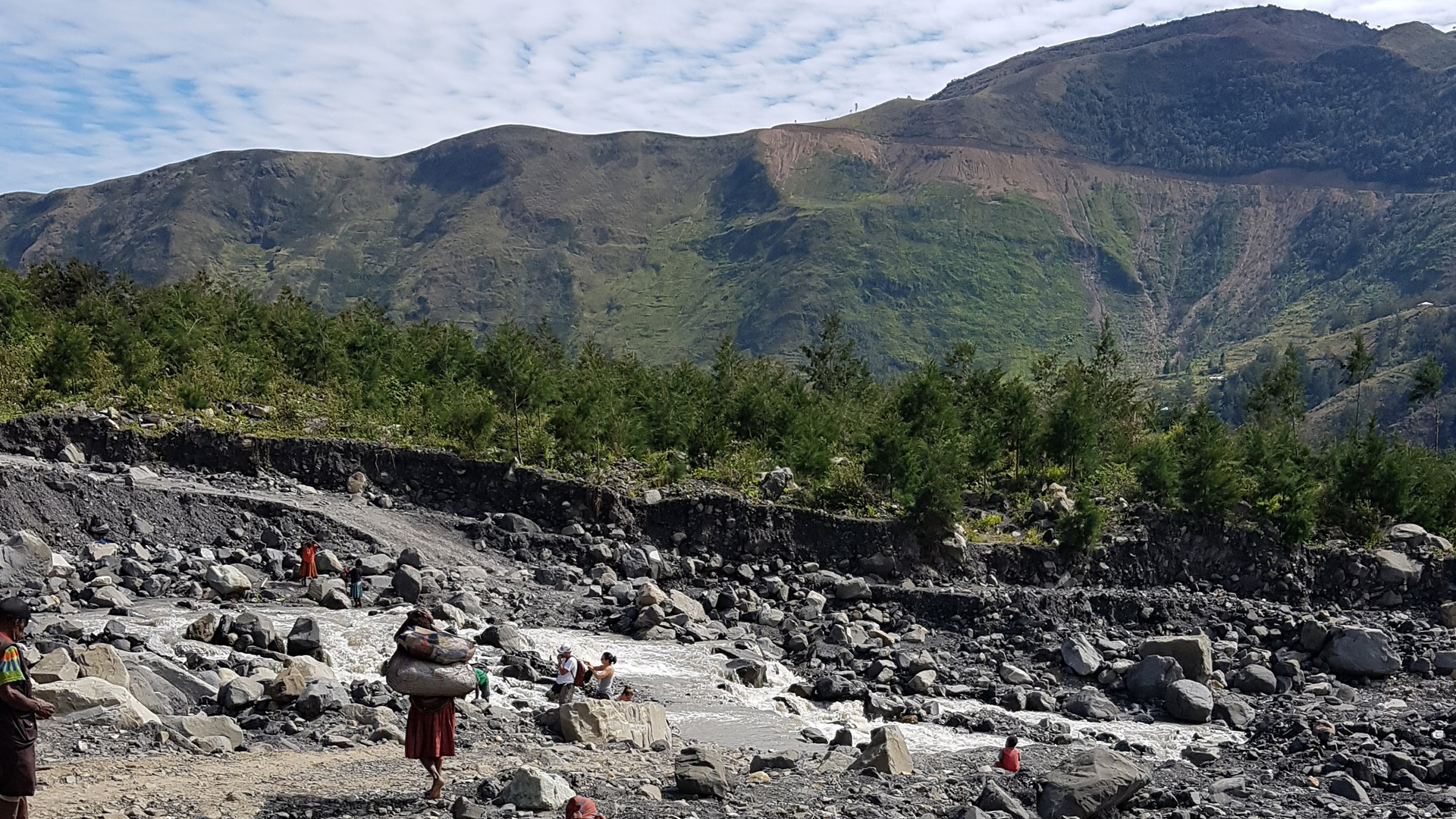
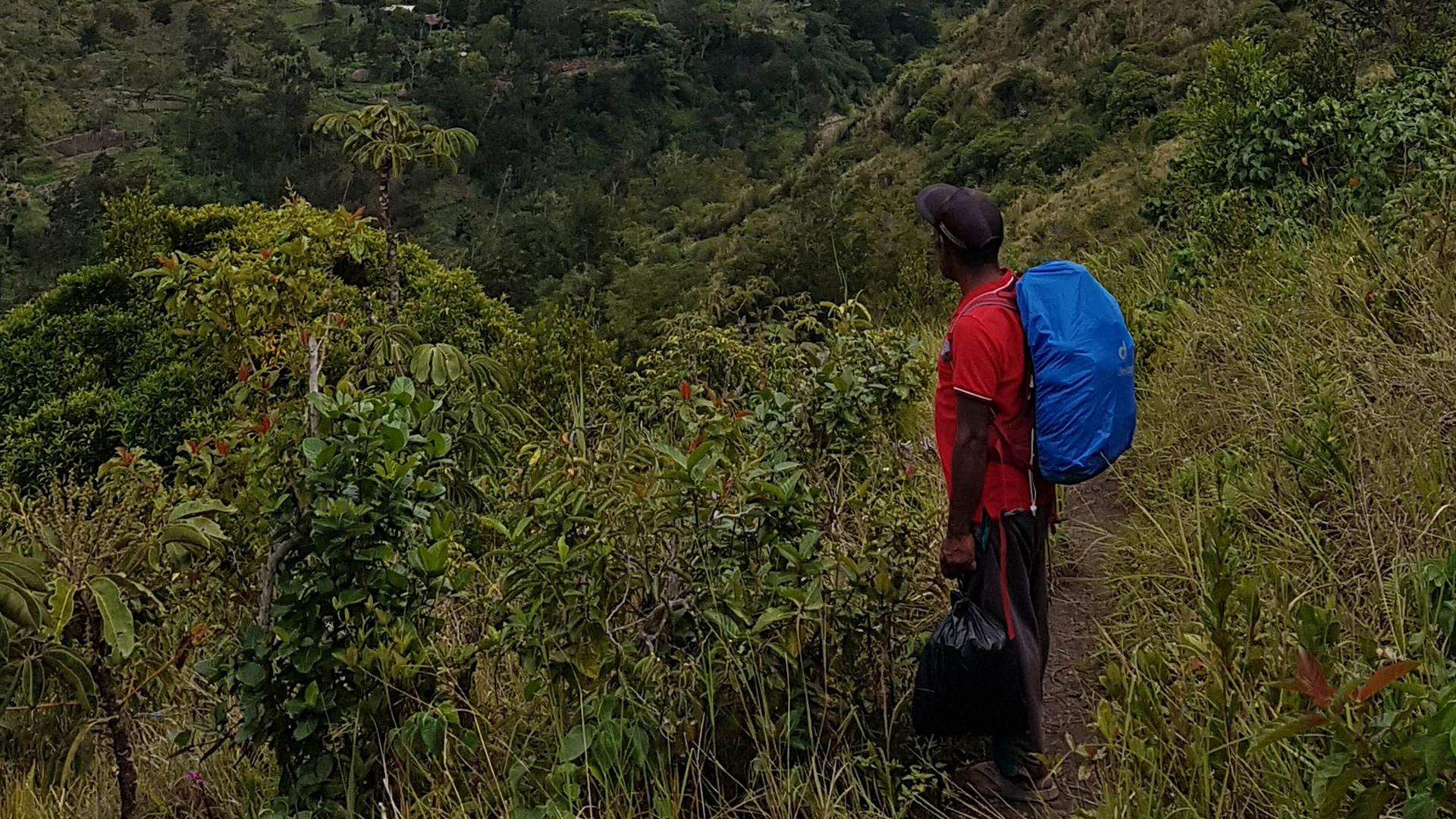
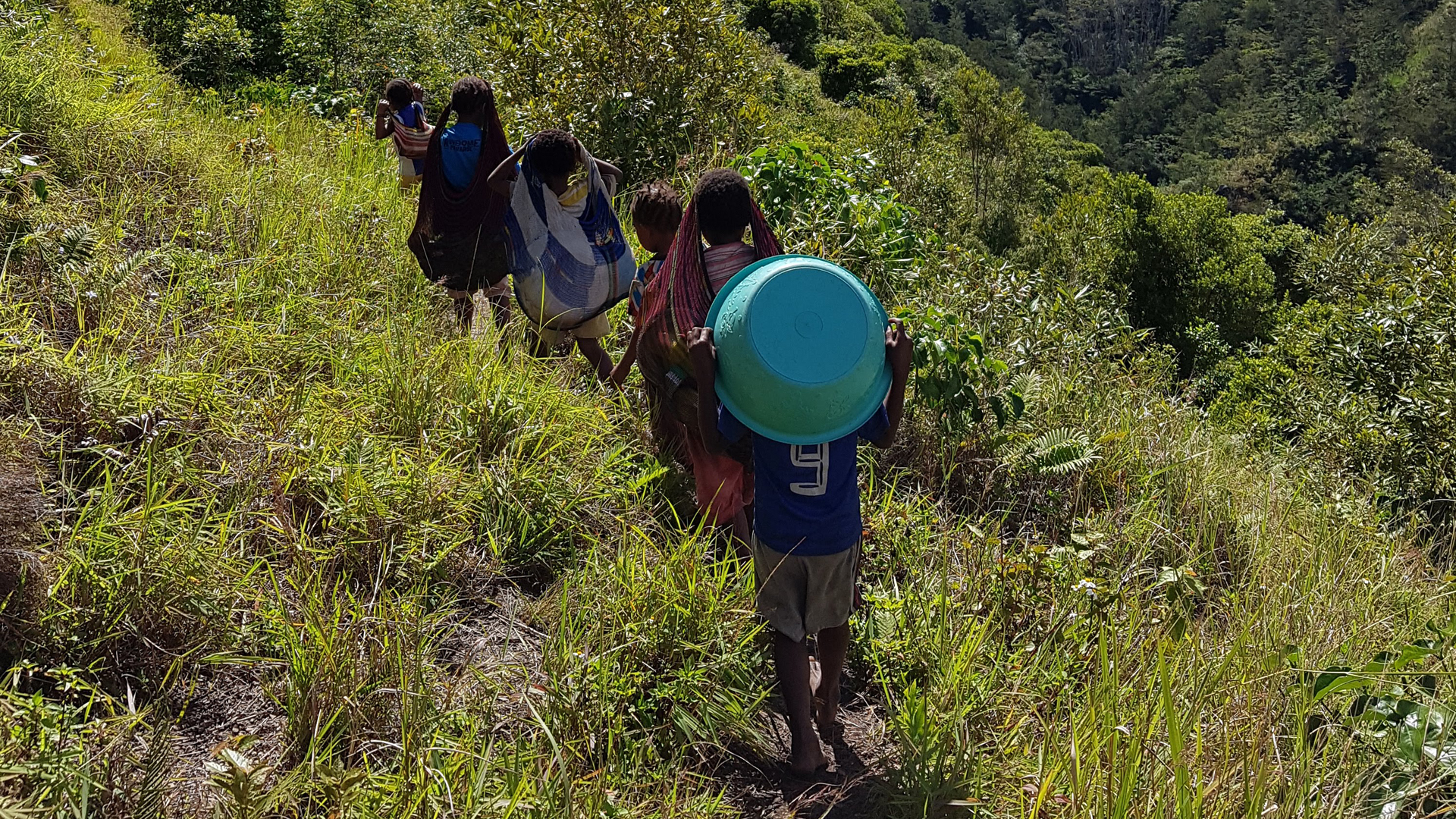
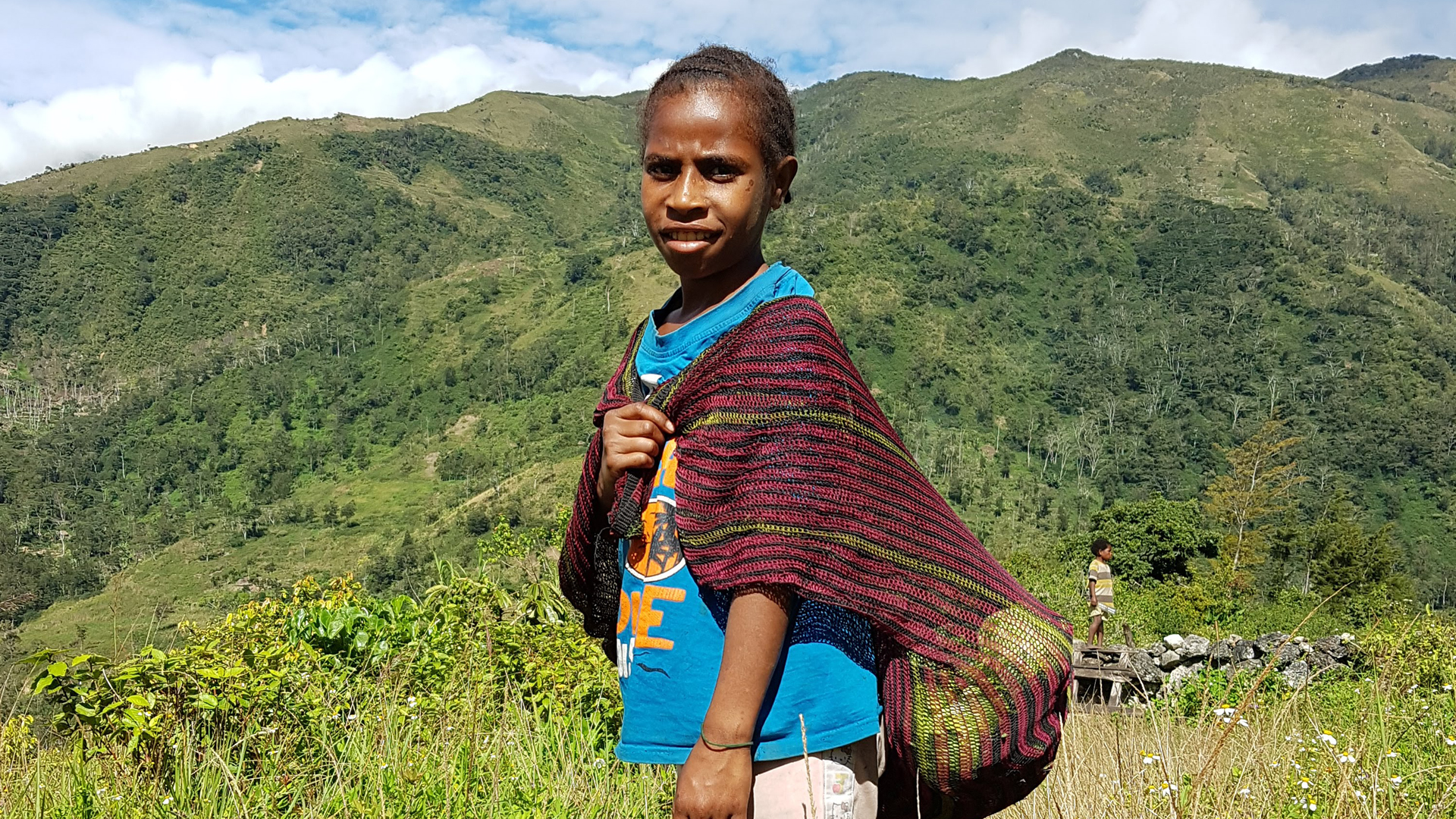
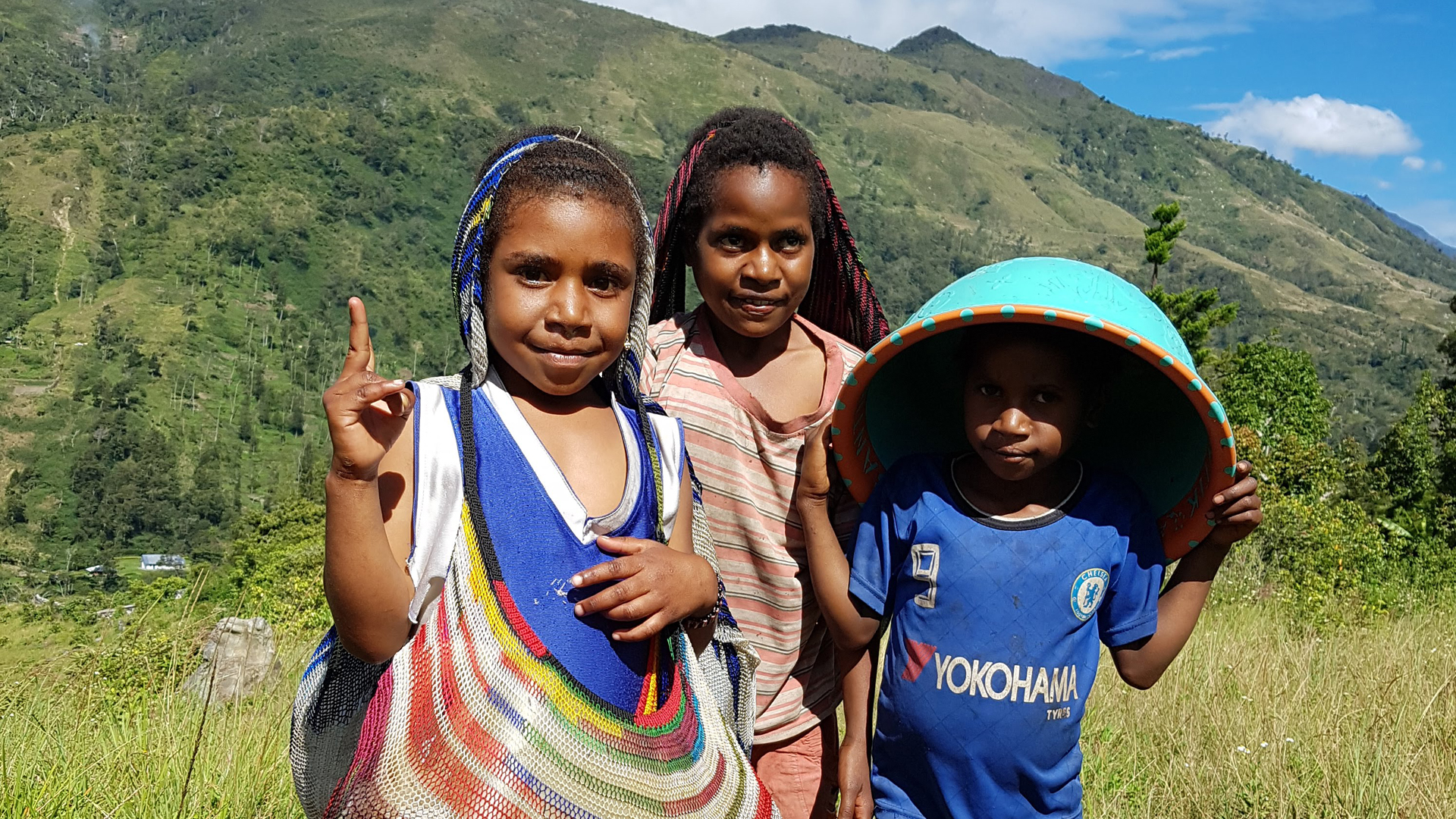
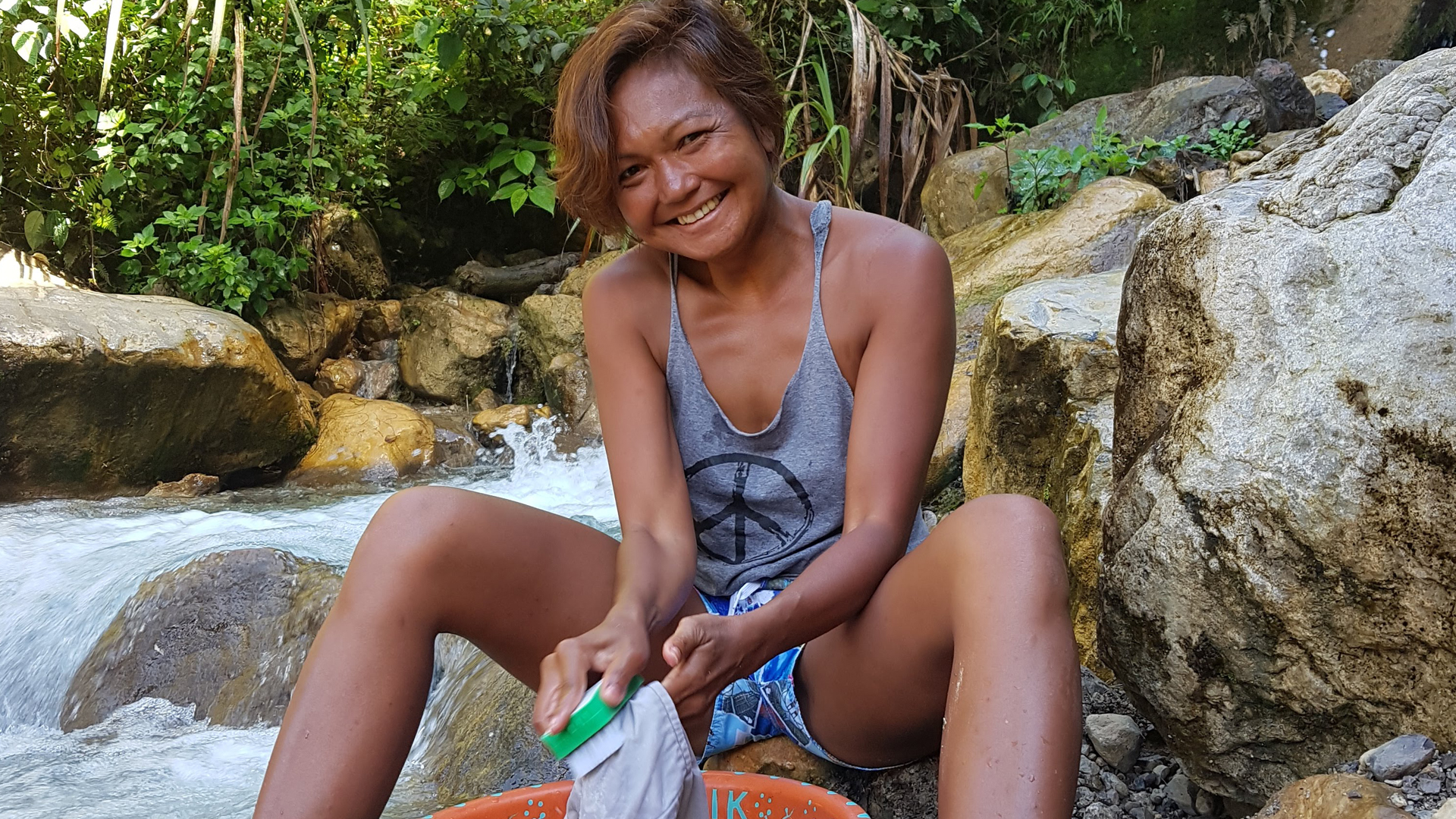
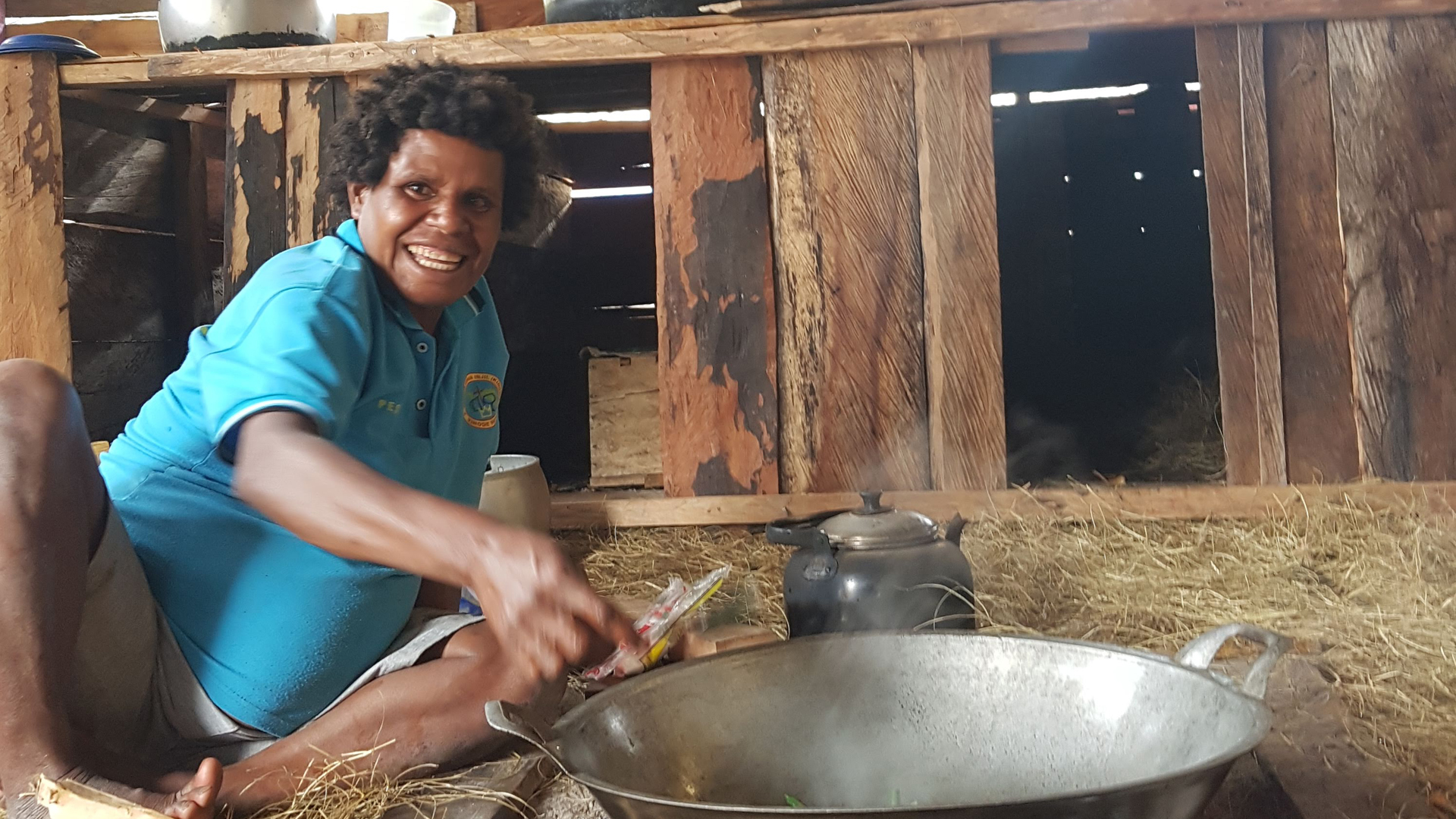
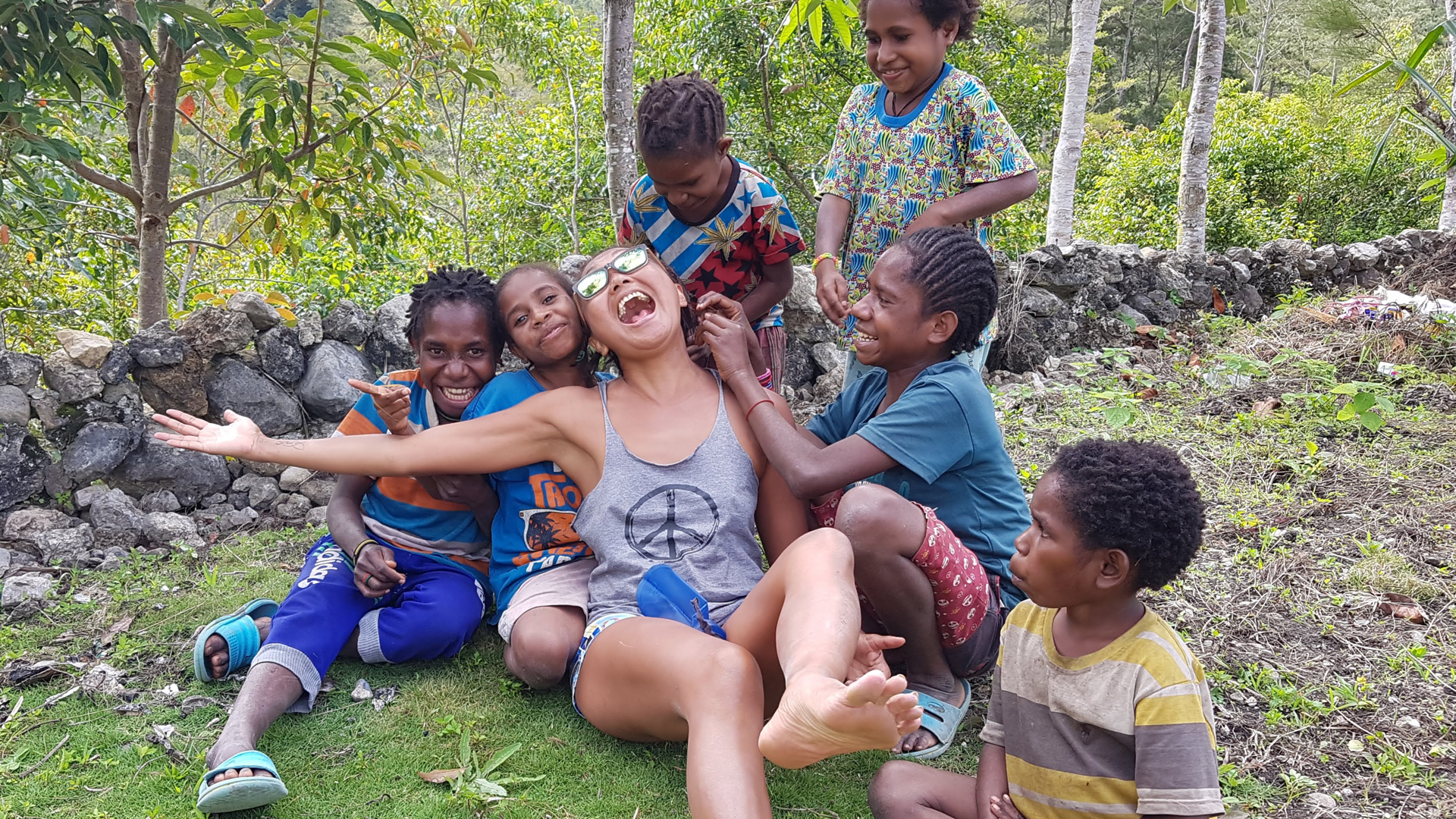
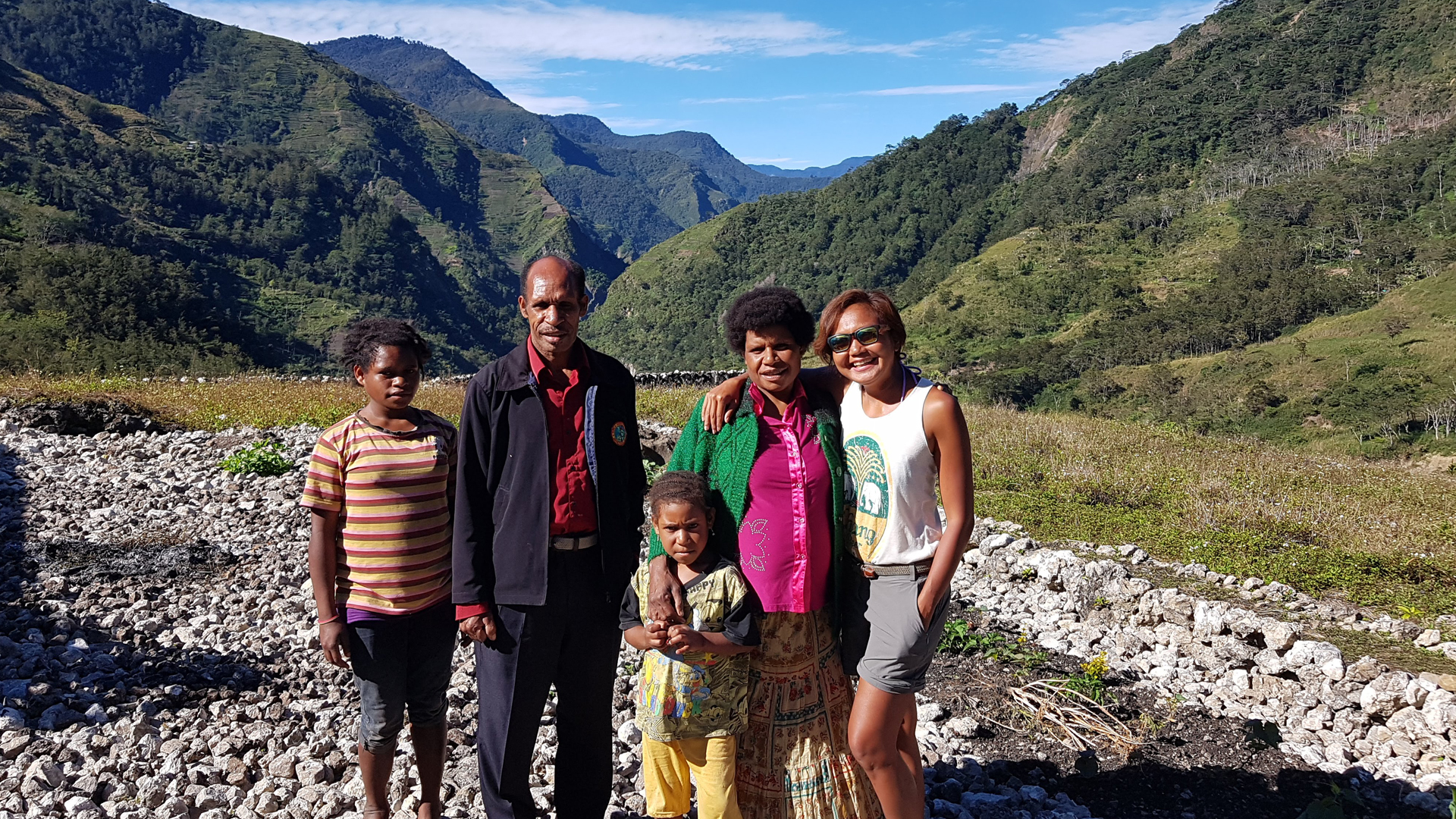
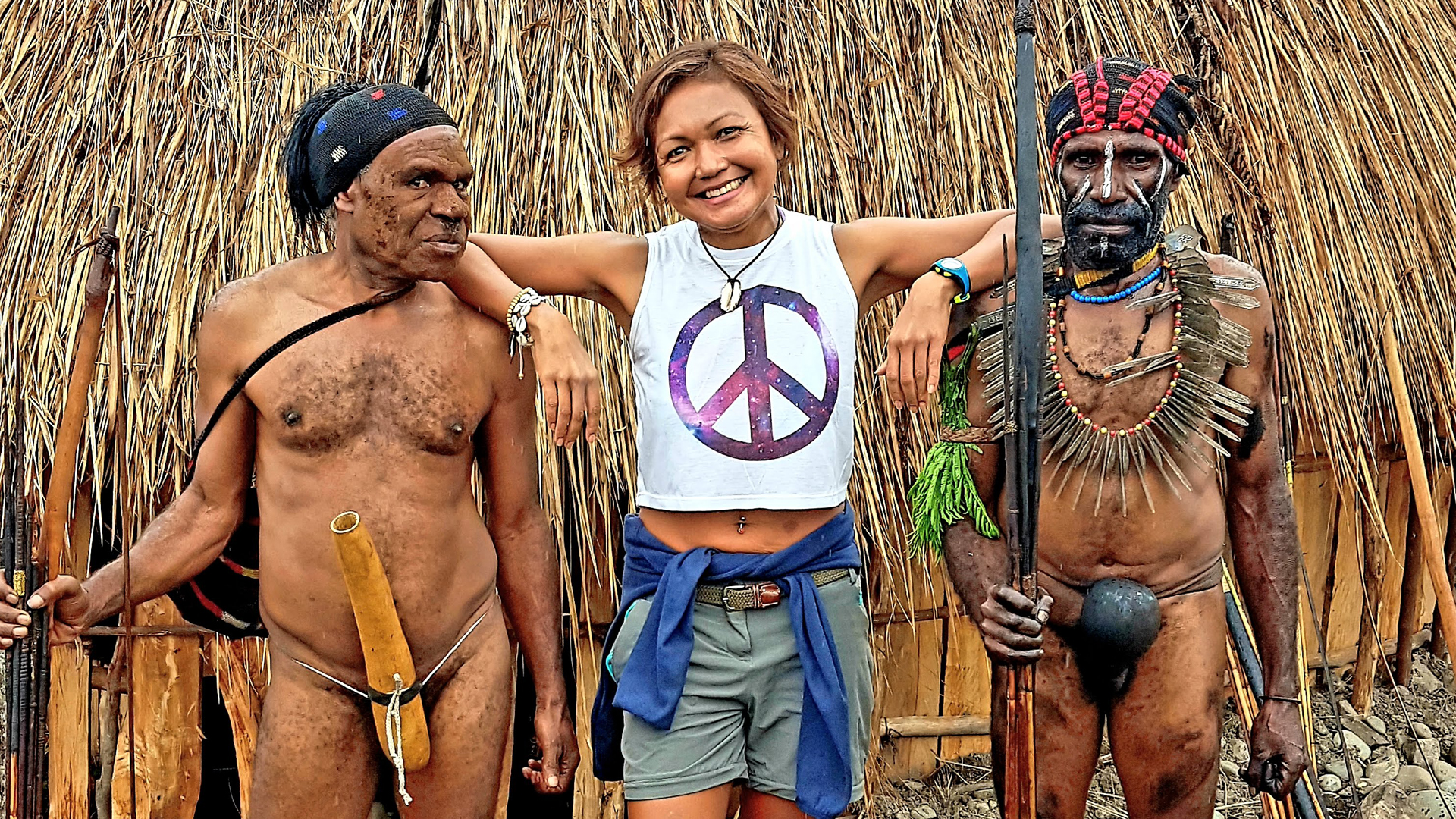
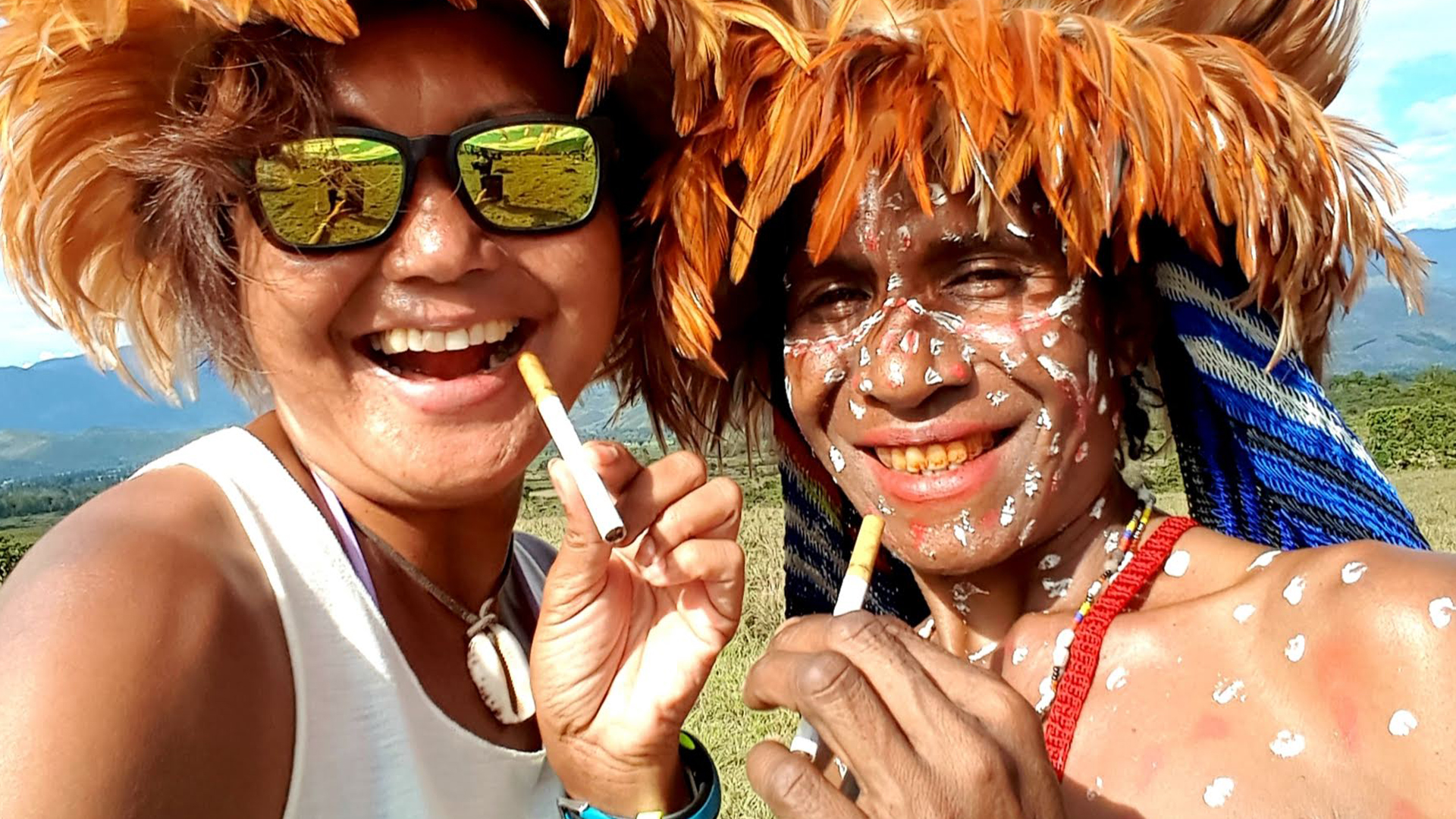
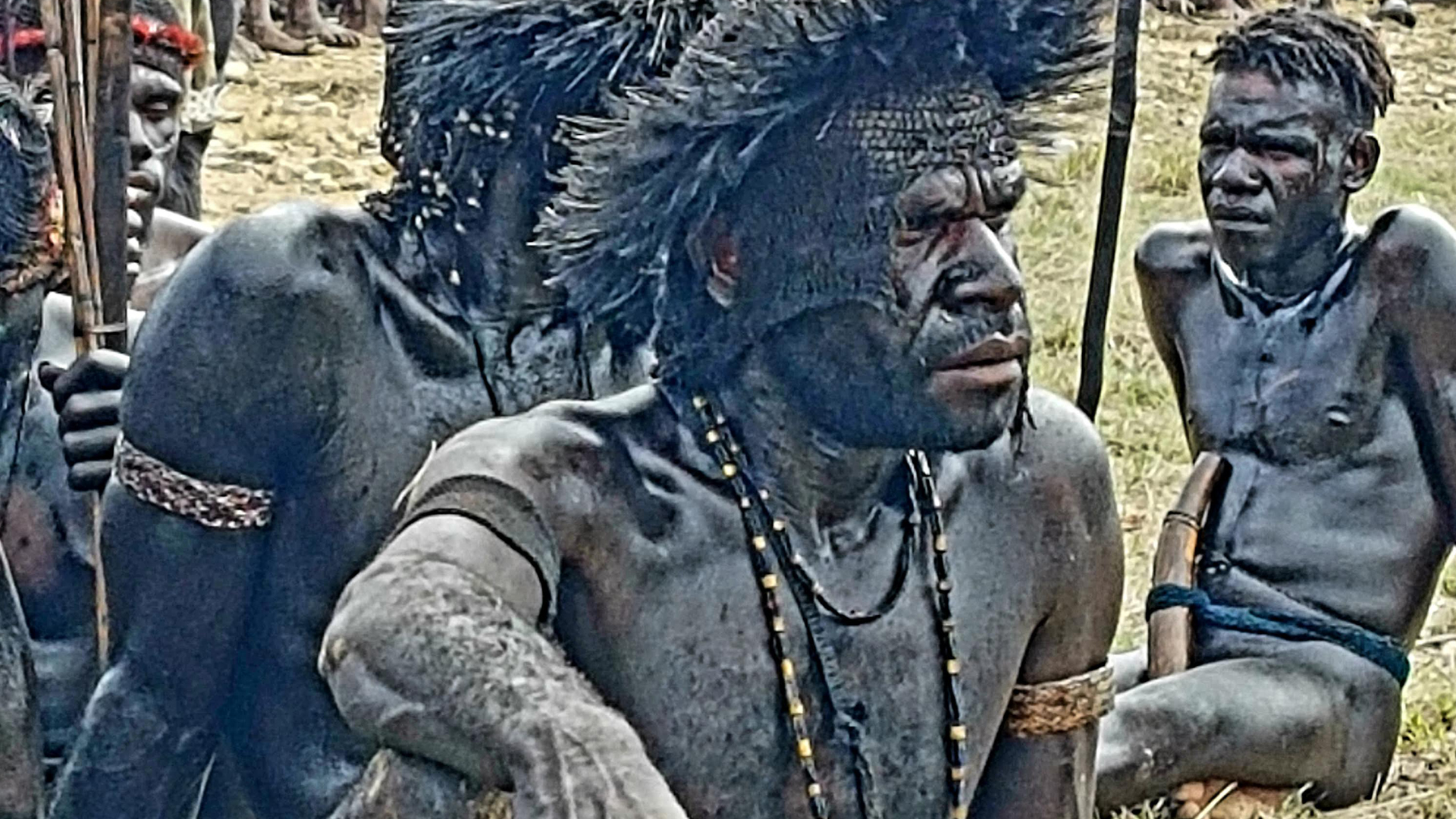
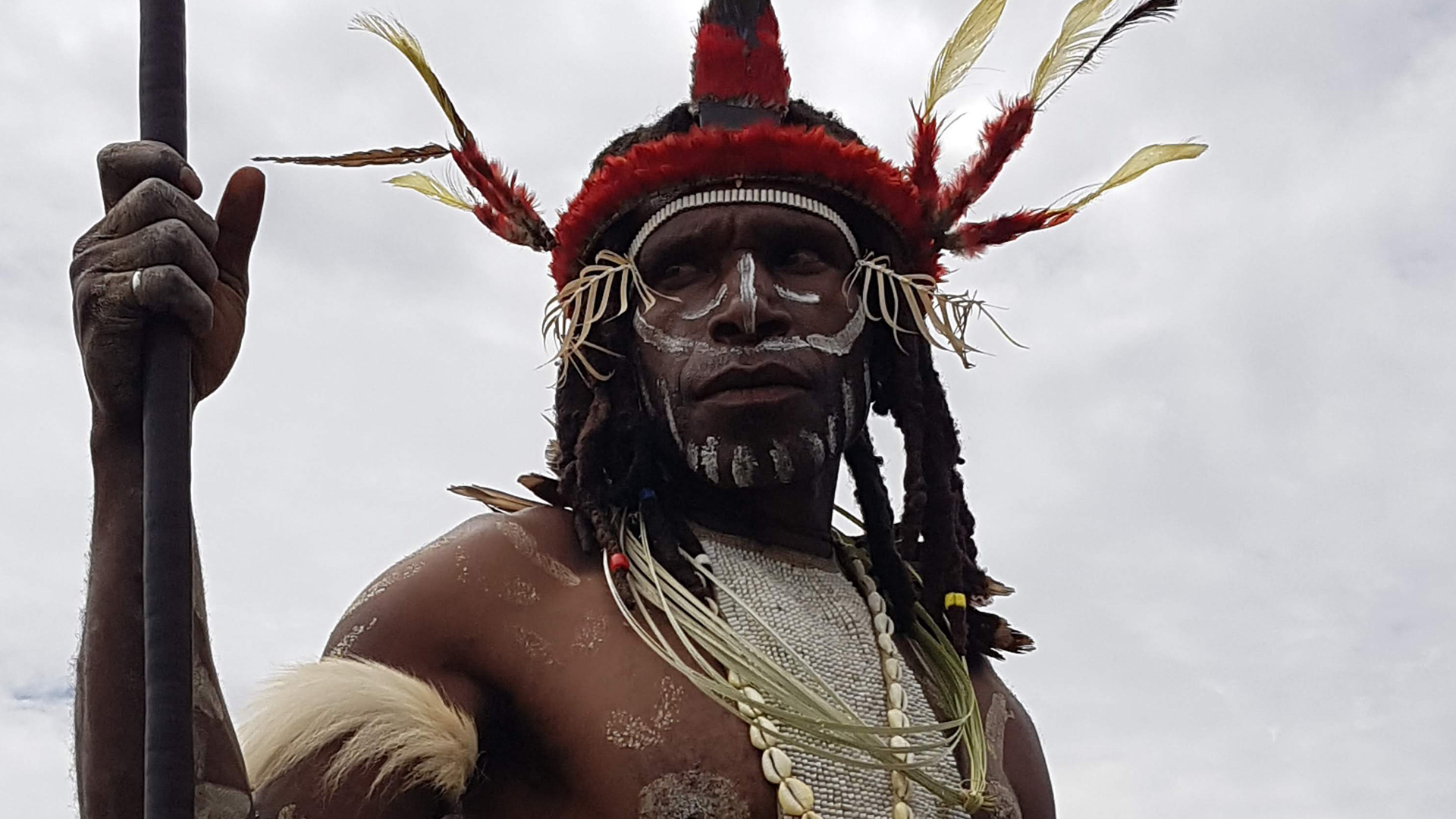
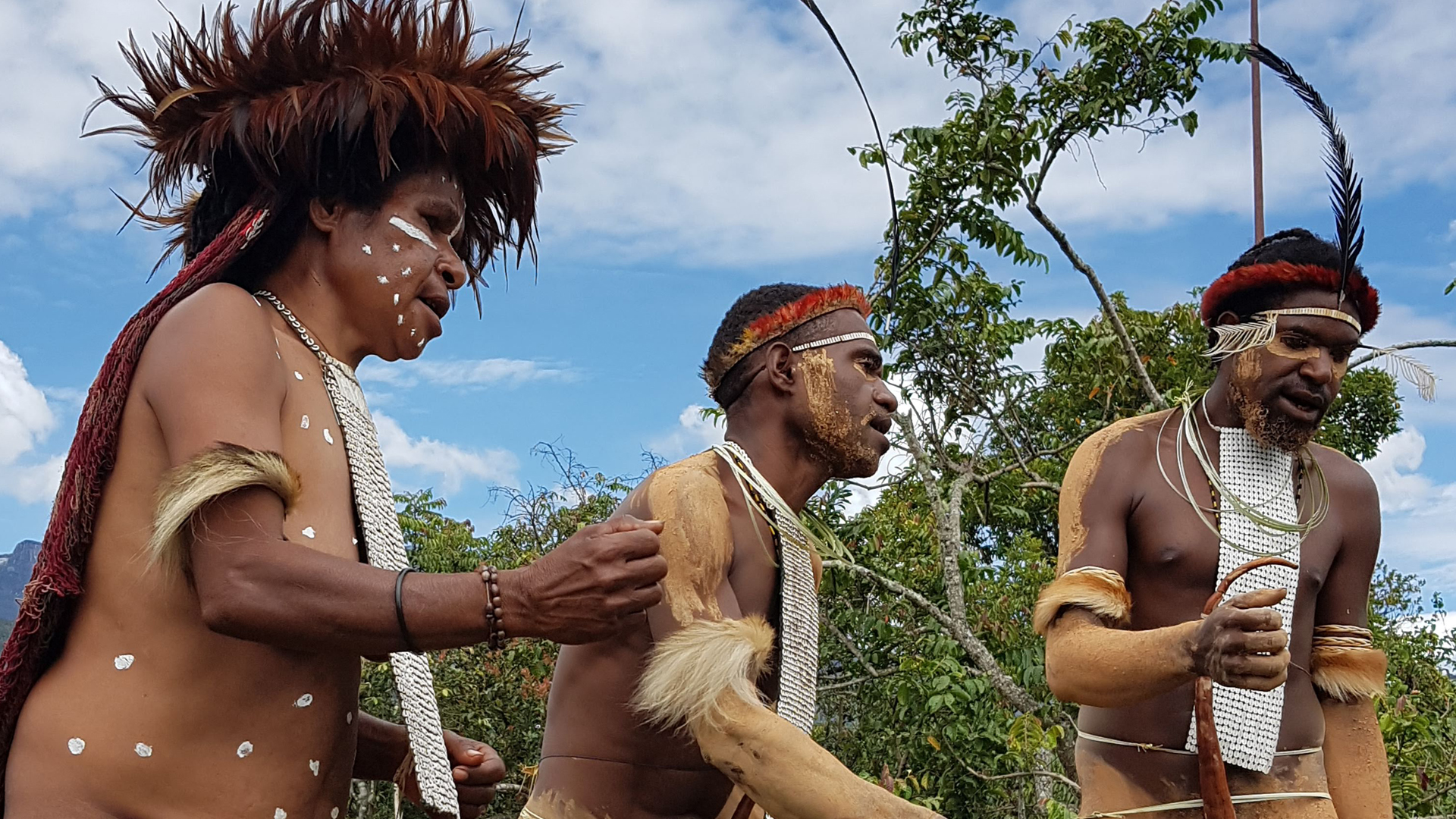
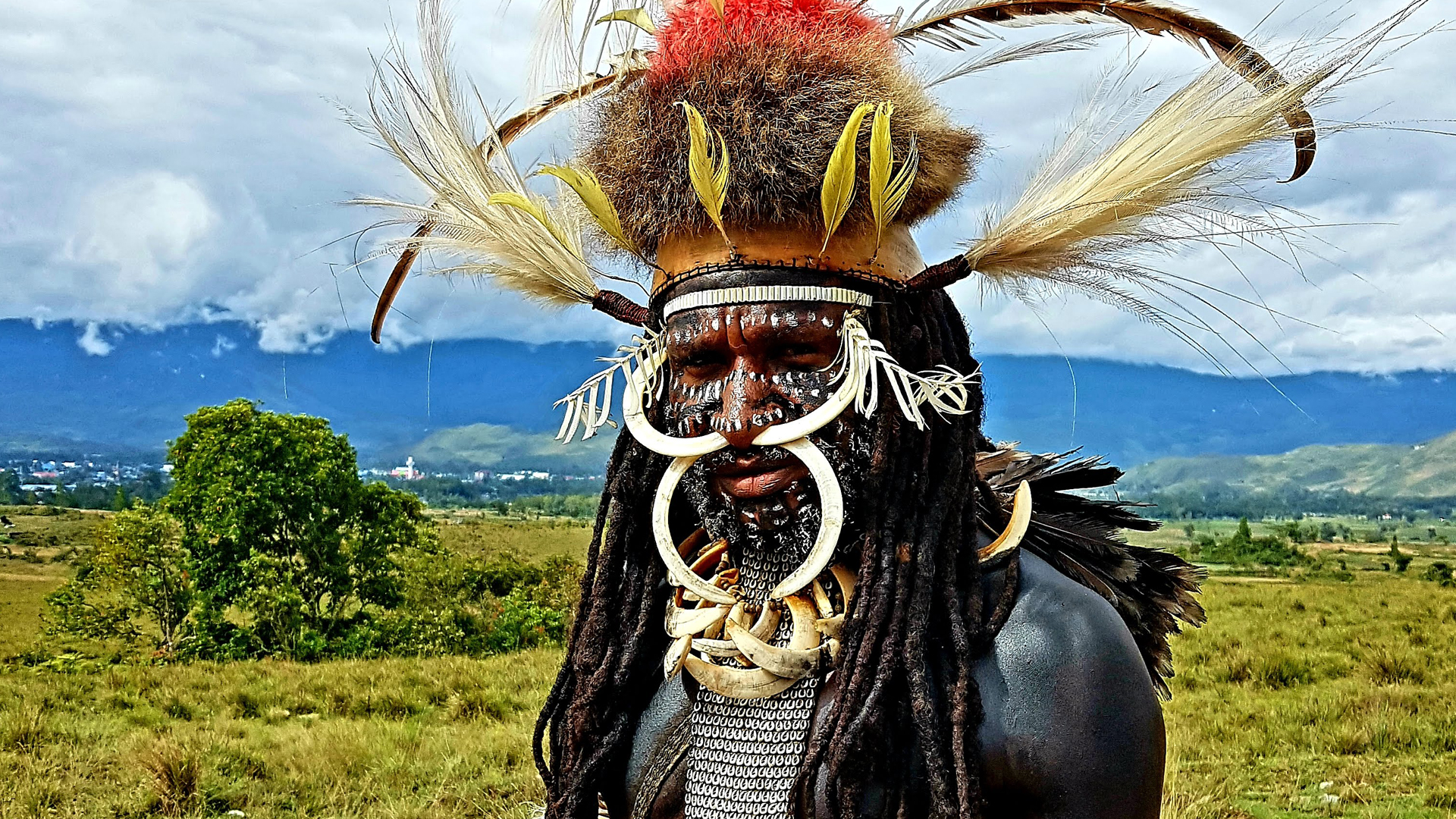
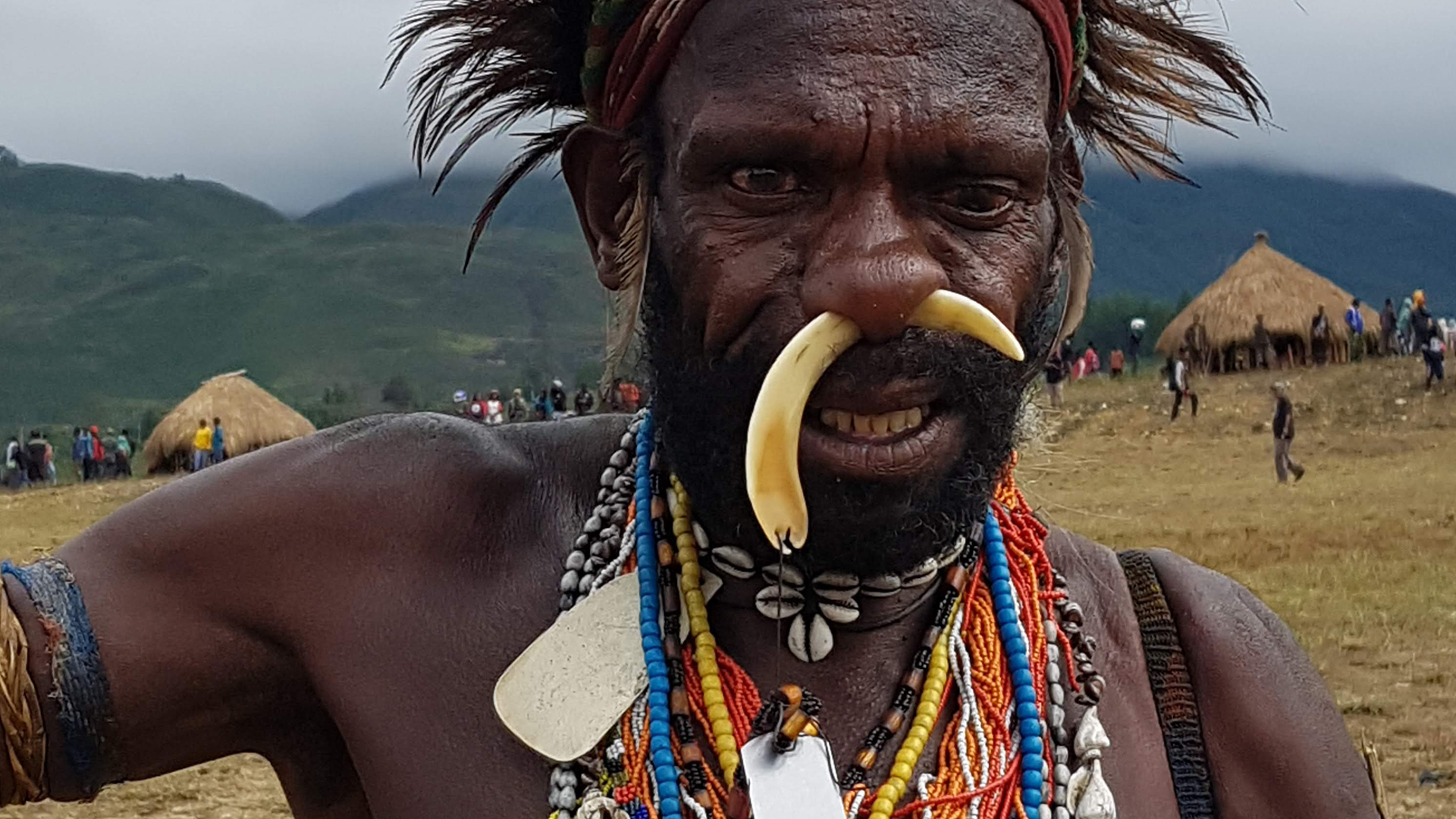
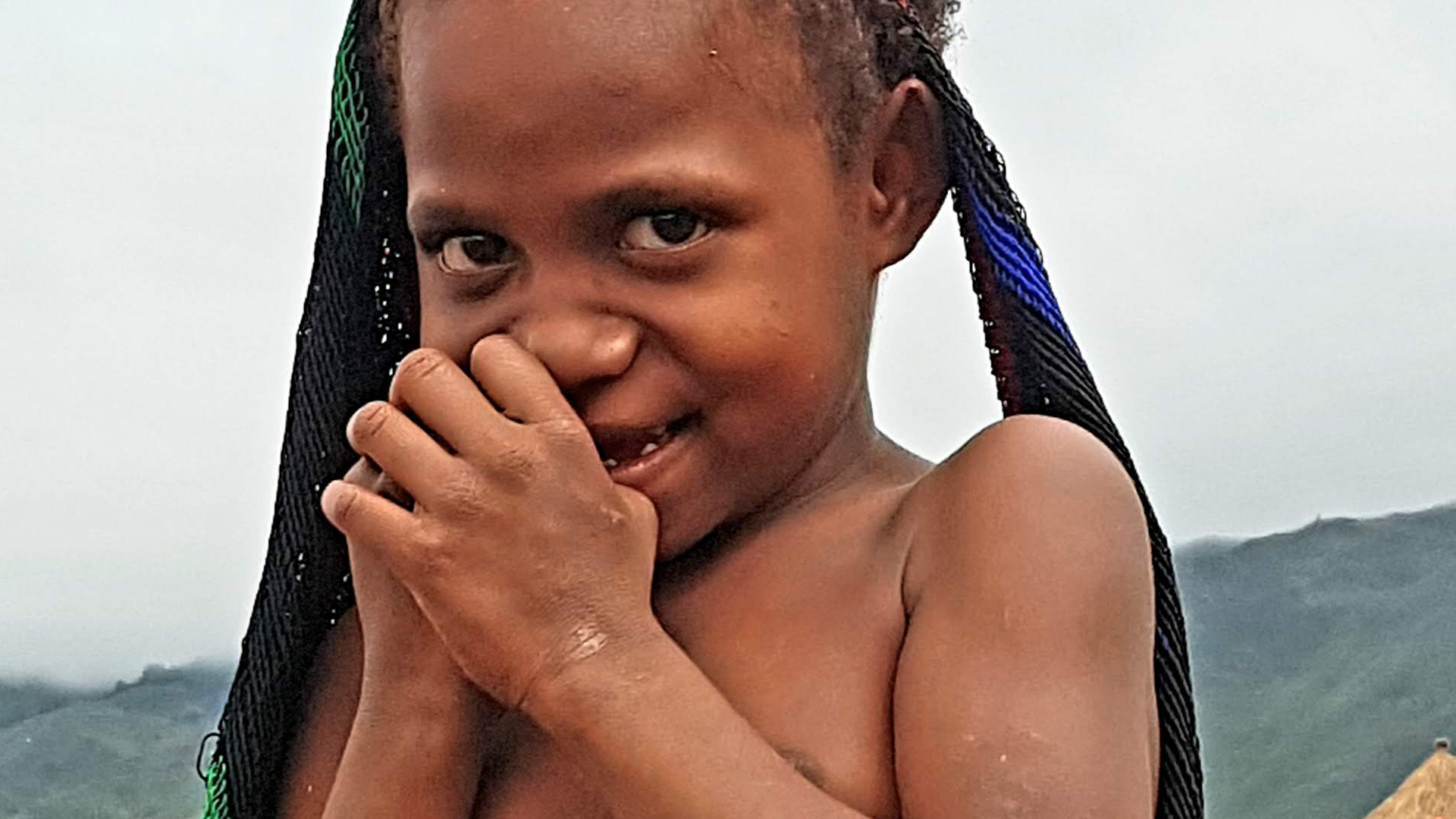
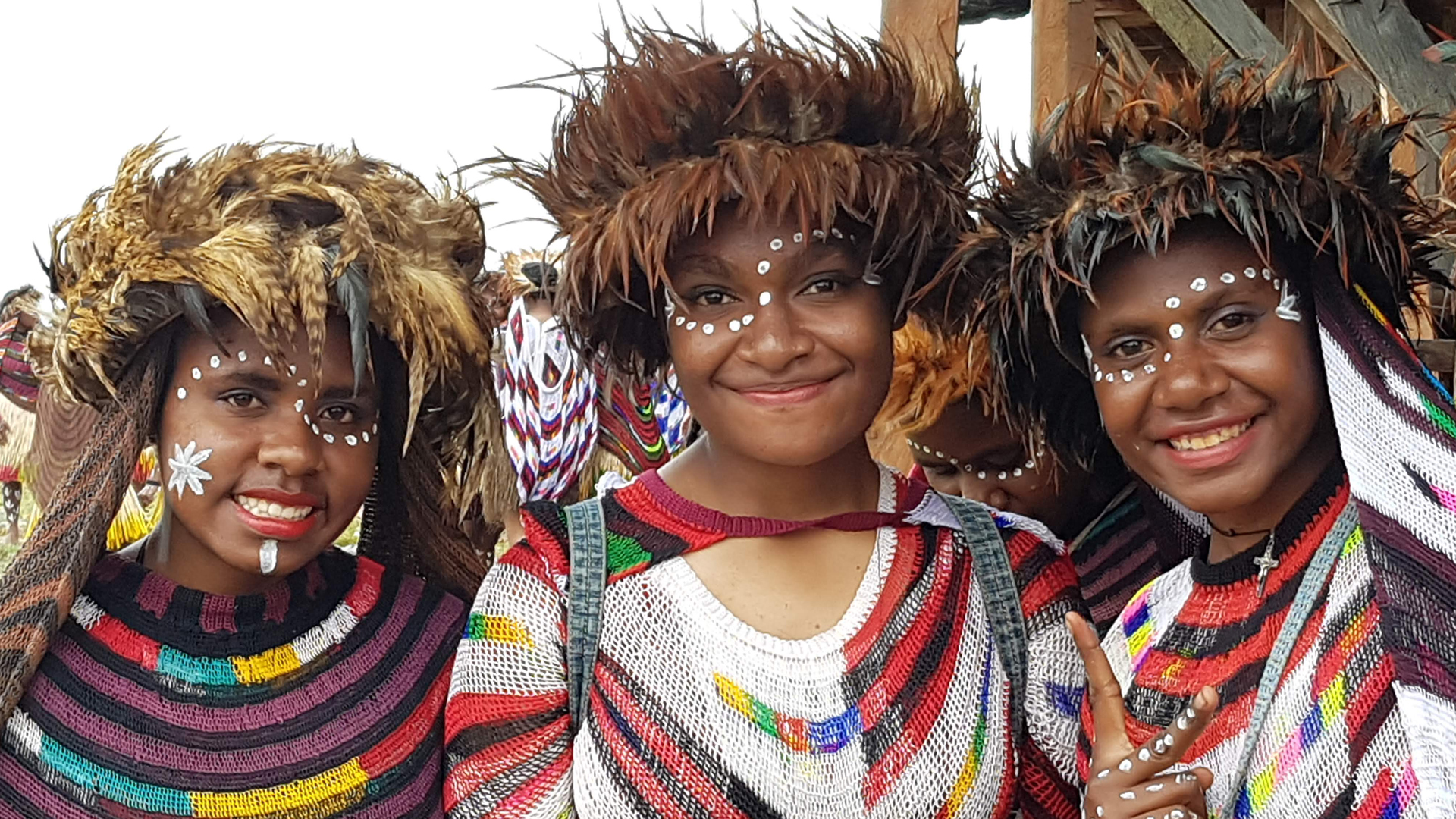
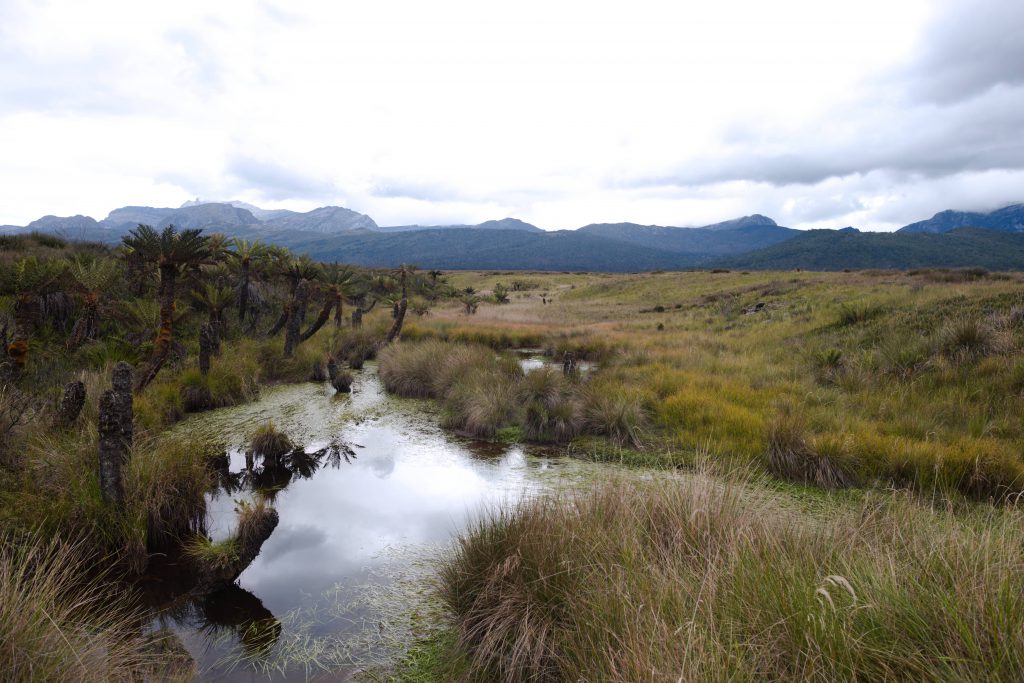
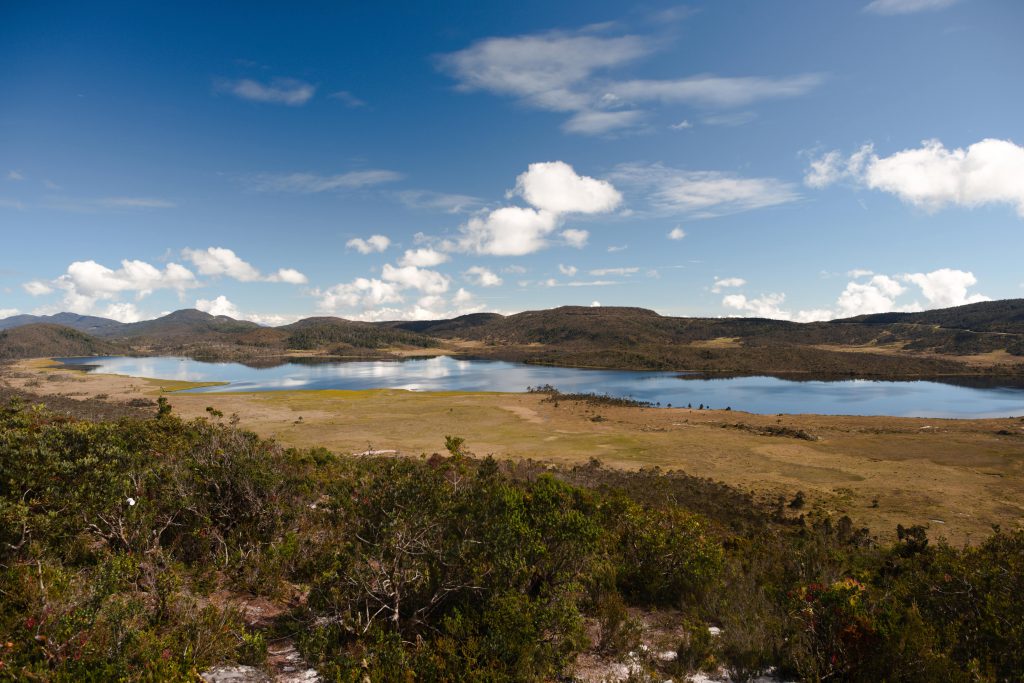
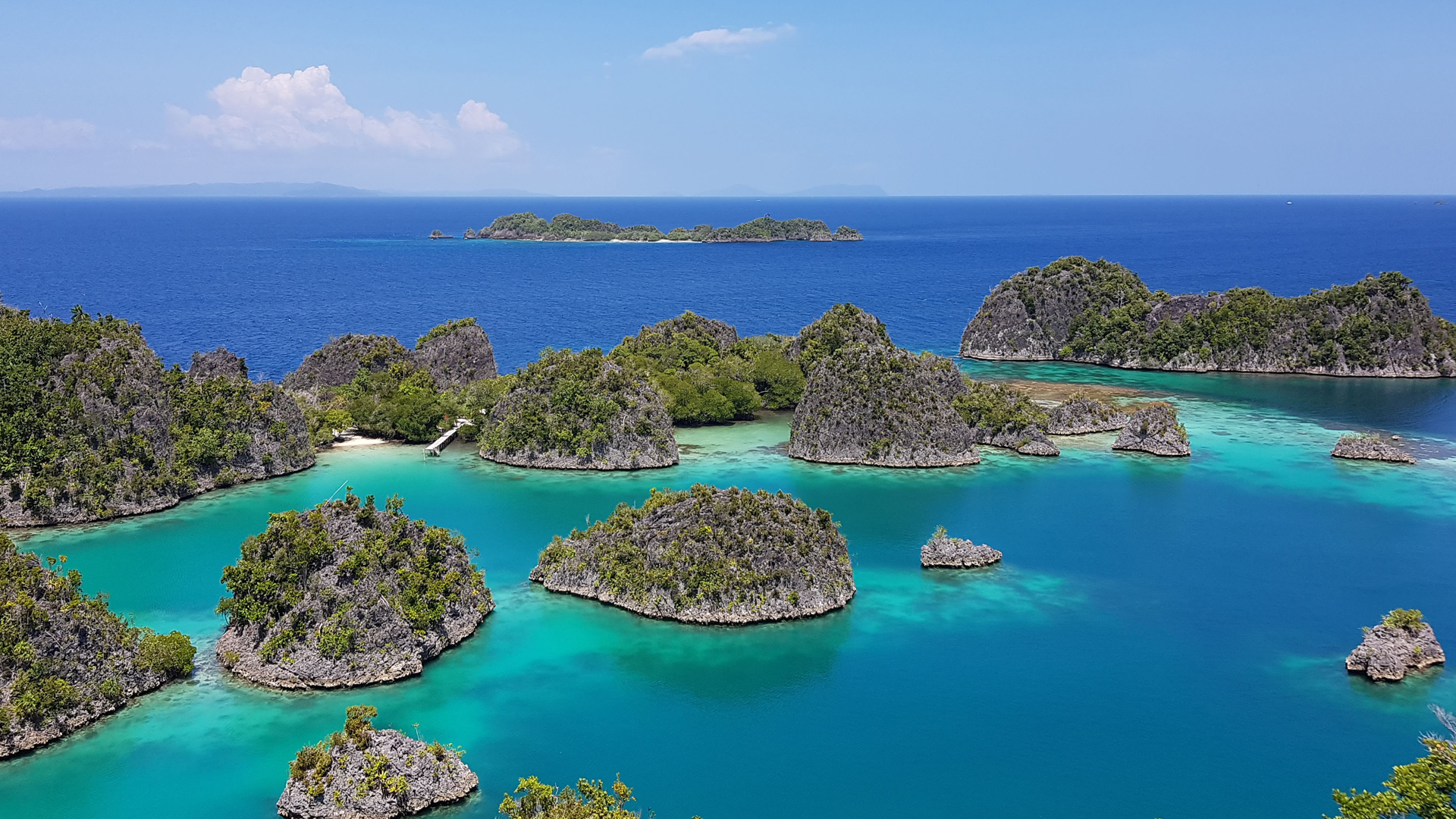
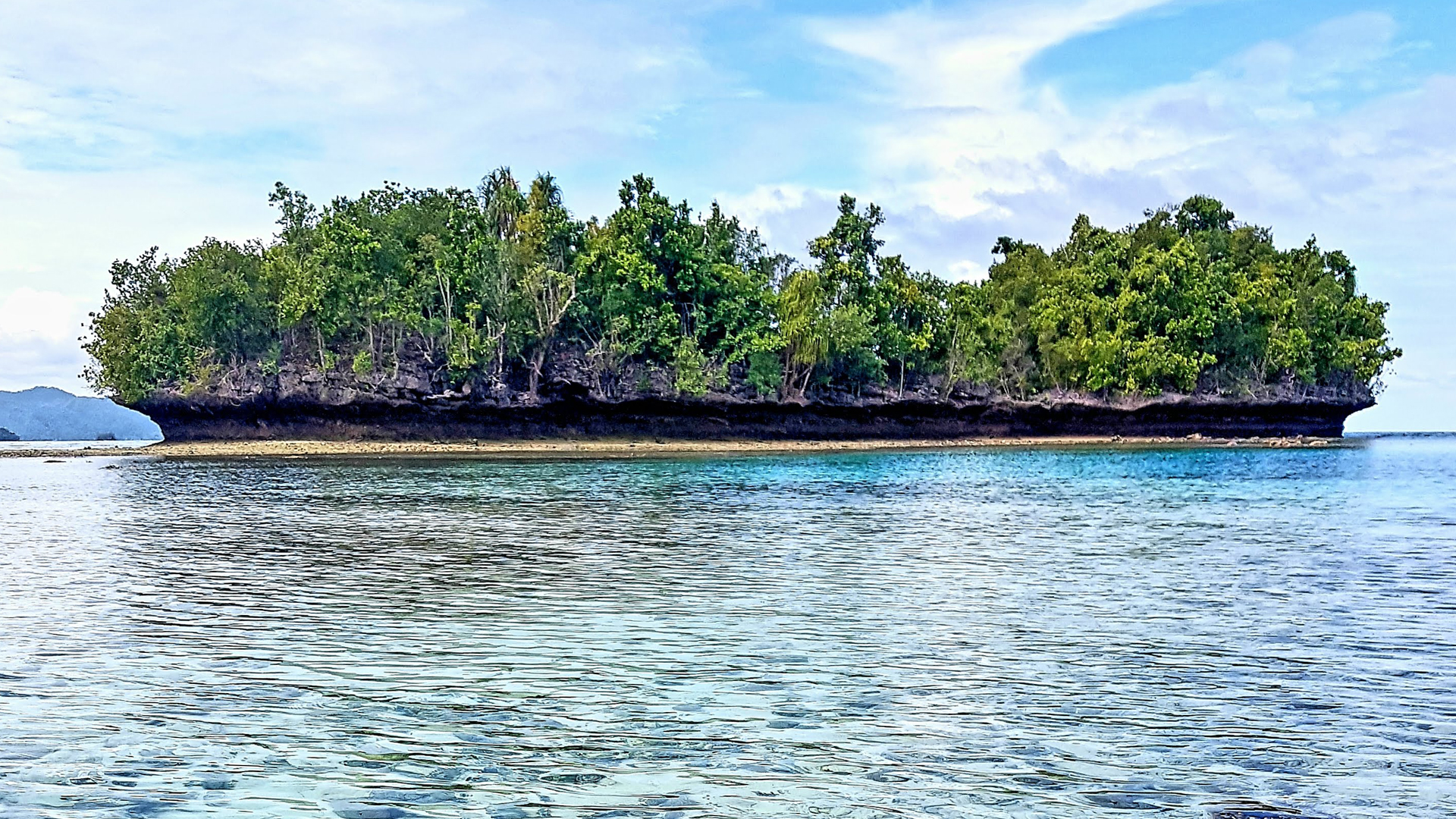
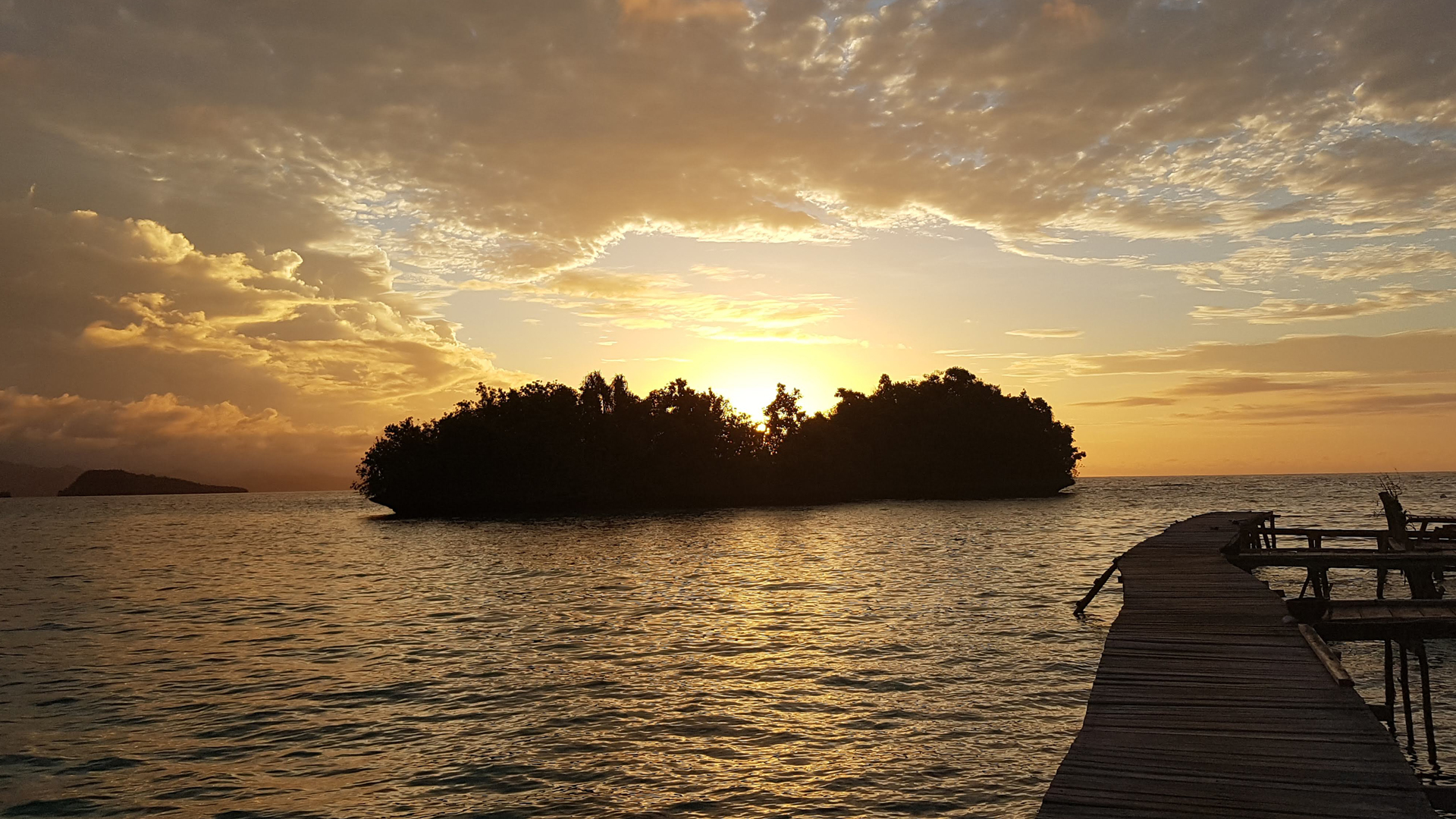
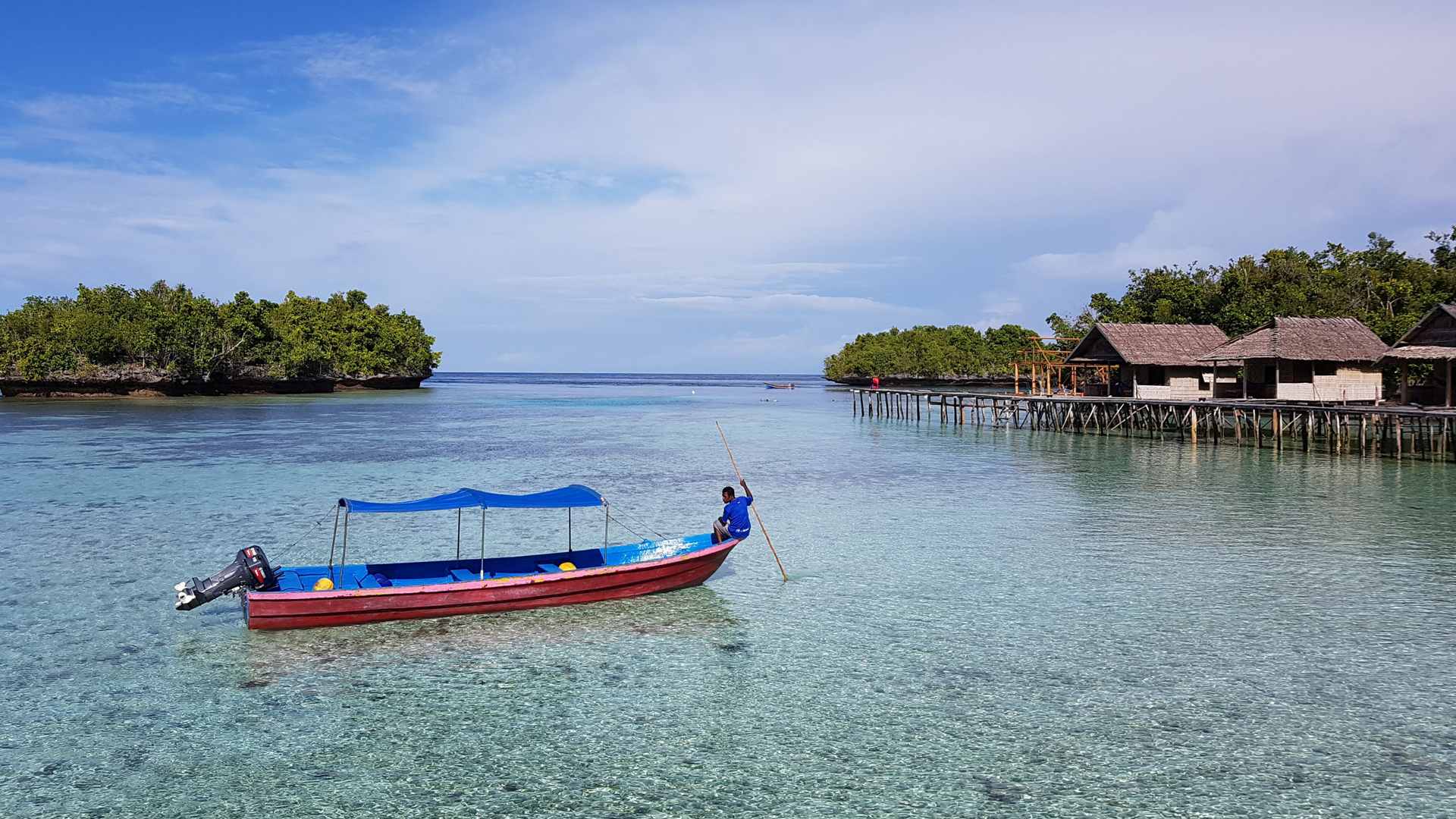
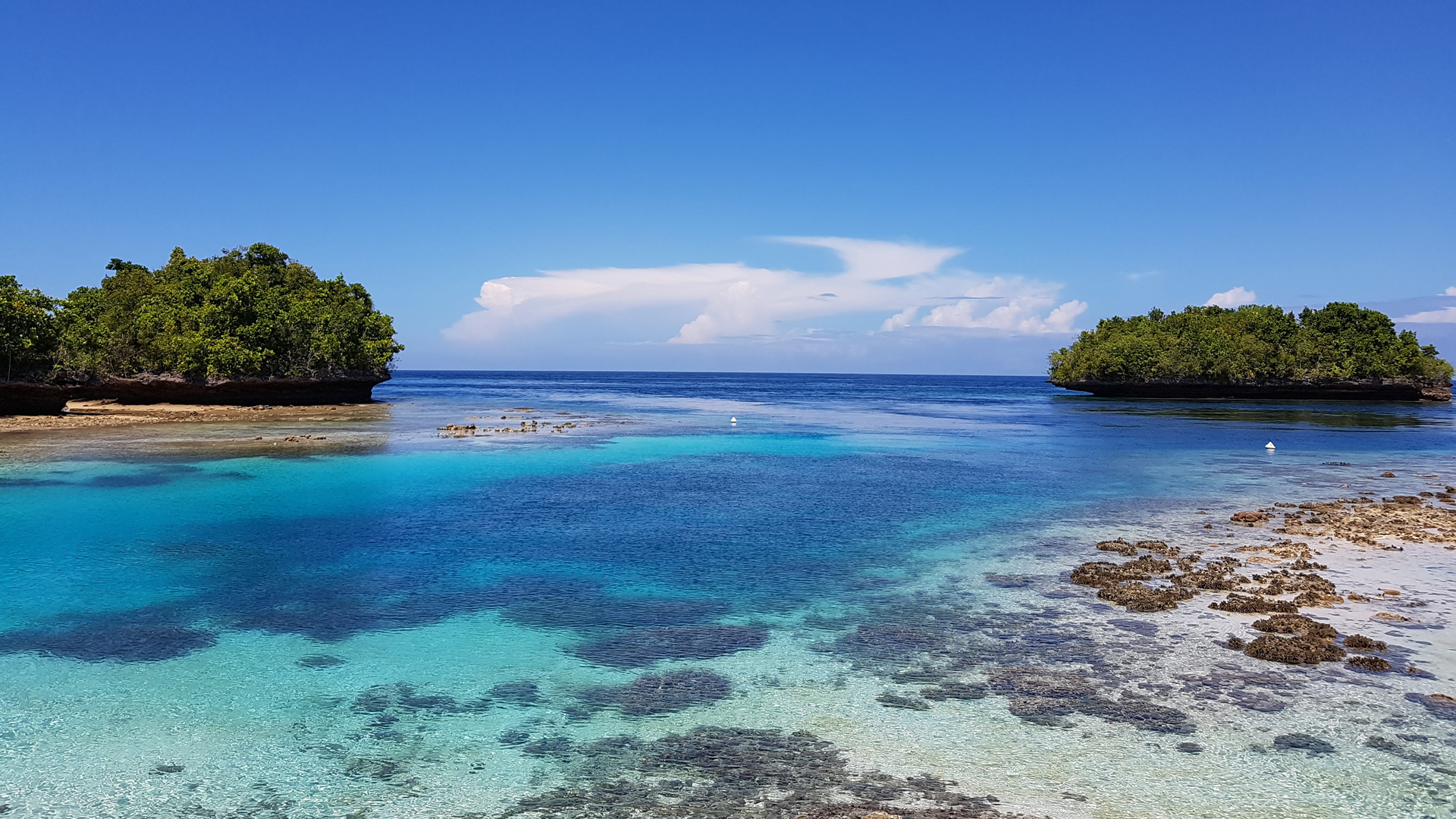
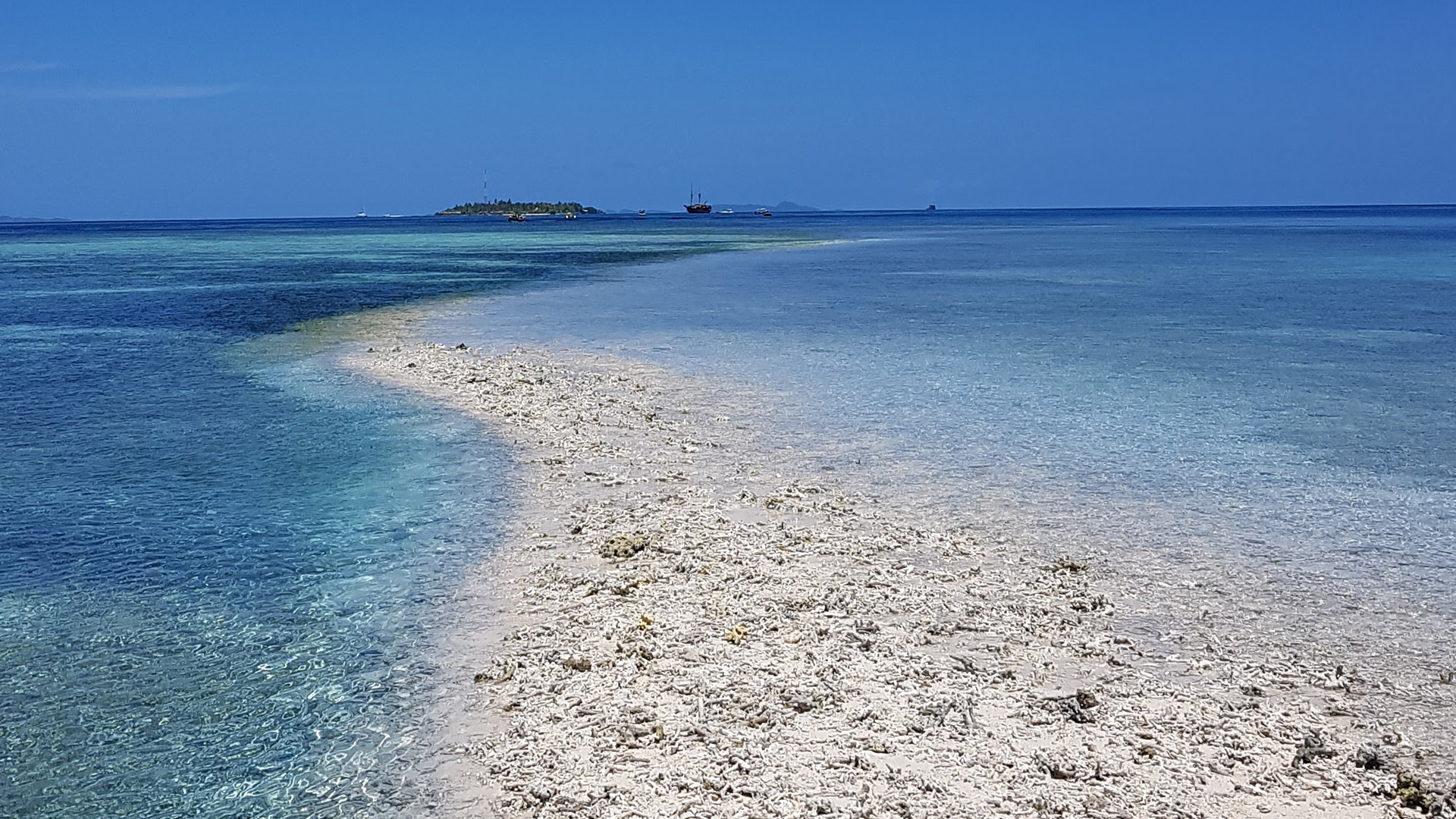
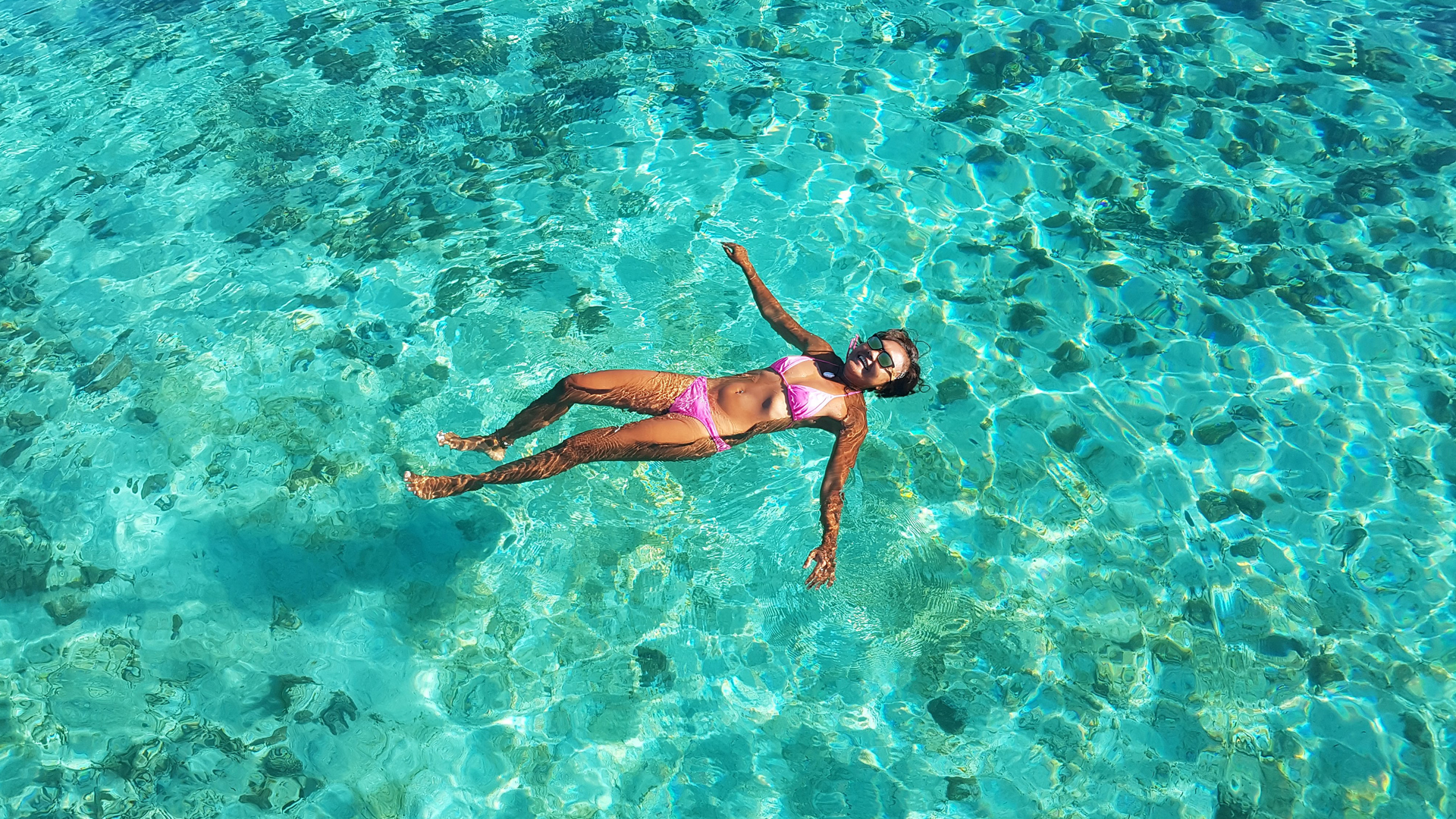

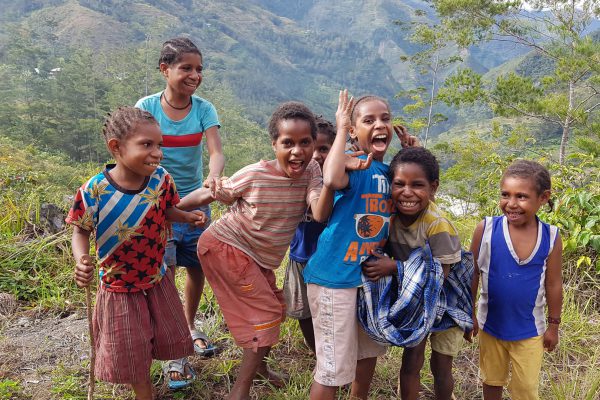
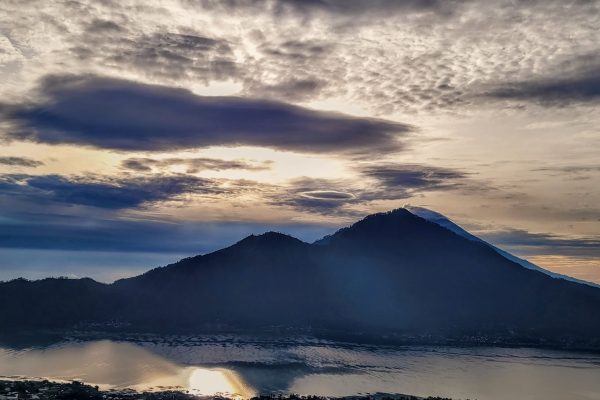
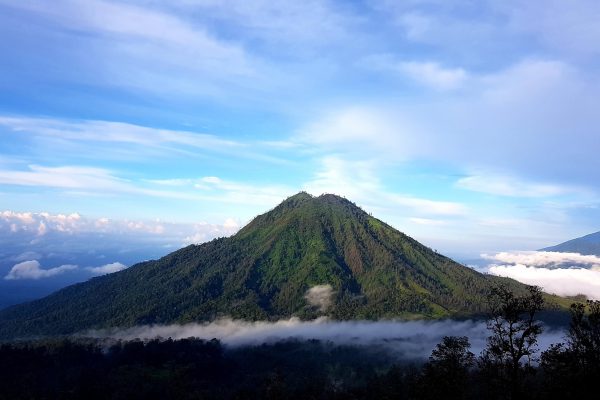
I found your blog through google and I must say, this is probably one of the best well prepared articles I have come across in a long time. I have bookmarked your site for more posts. Ranice Wainwright Cahra
Hello! I just wish to give you a huge thumbs up for your great information you have got right here on this post. Daryl Rodney Schreiber
Thanks for a marvelous posting! I seriously enjoyed reading it, you may be a great author. I will be sure to bookmark your blog and may come back in the future. I want to encourage continue your great work, have a nice weekend! Gene Tanney Luke
Very good post. I absolutely appreciate this site. Thanks!
Thanks for your blog, nice to read. Do not stop.